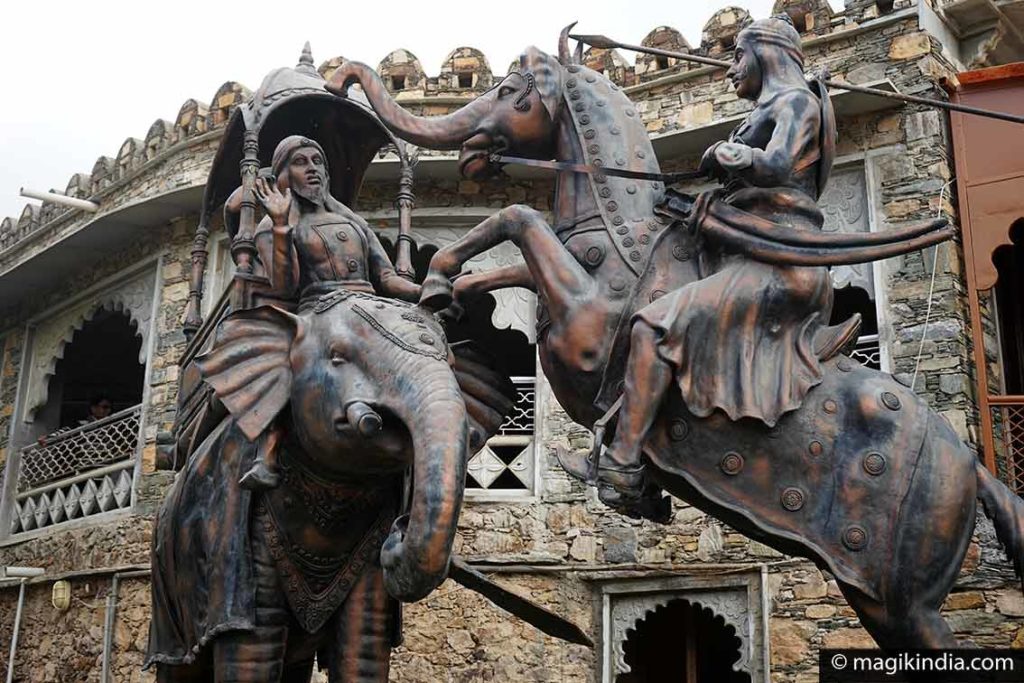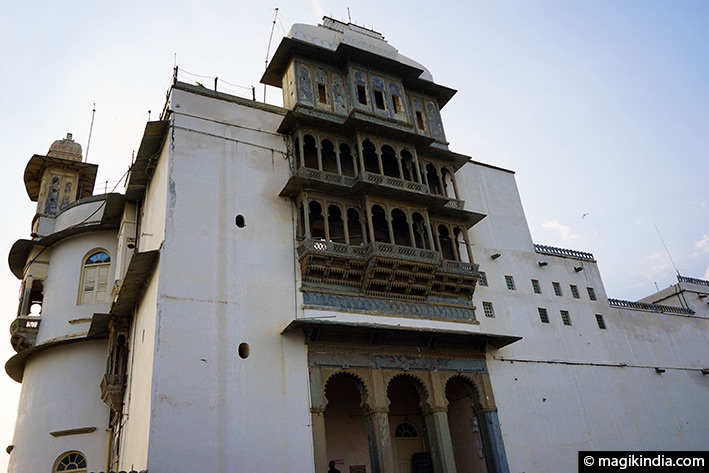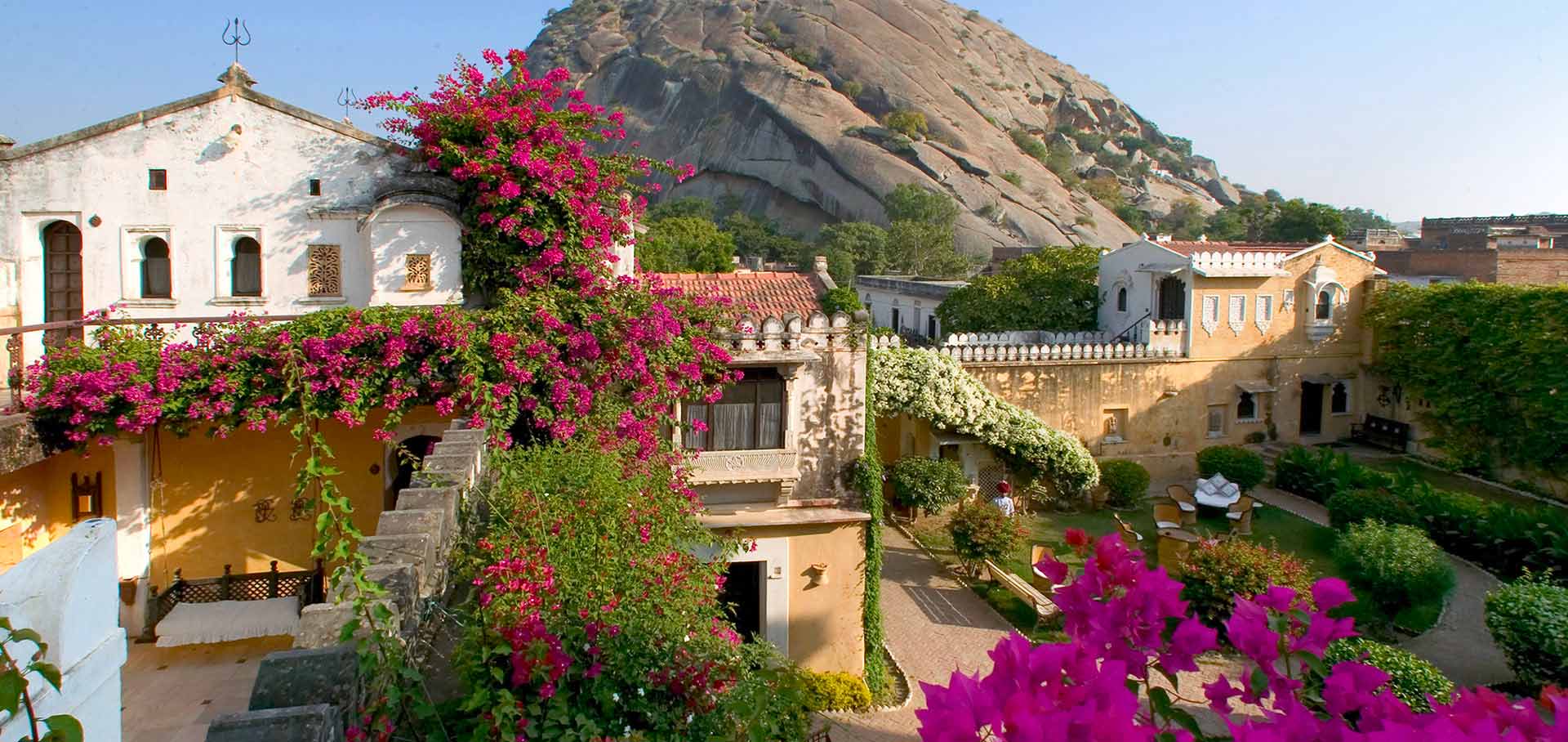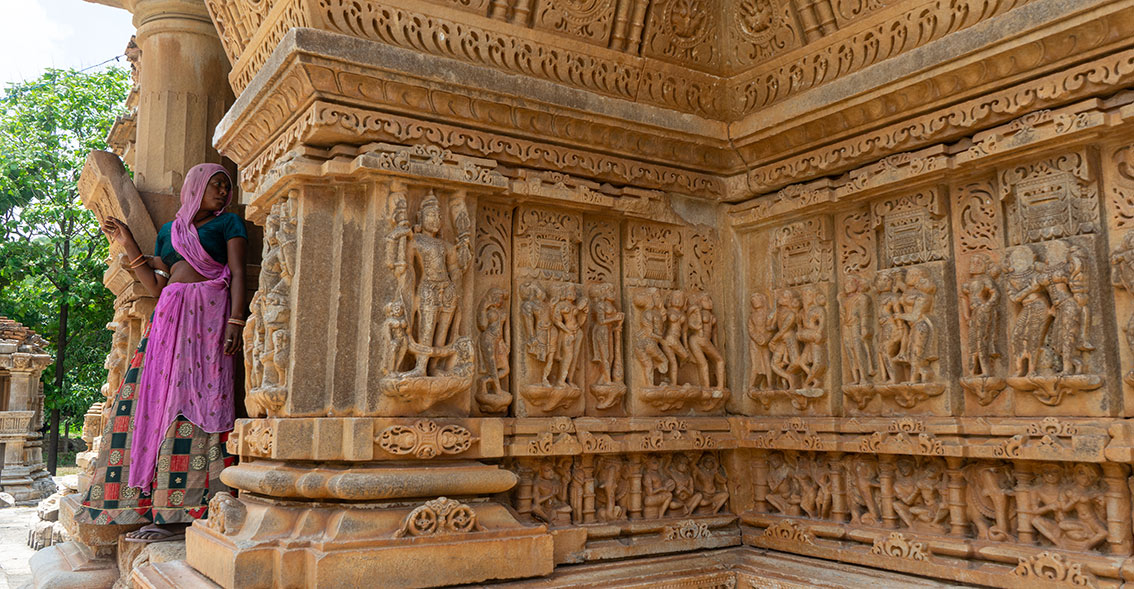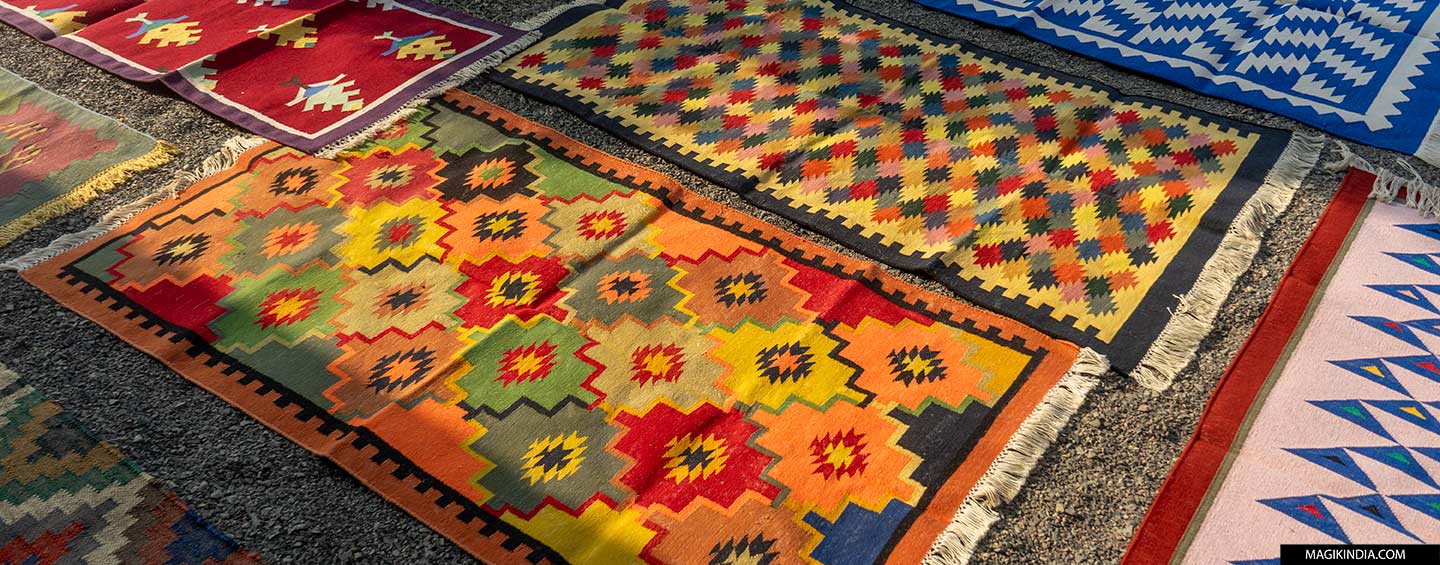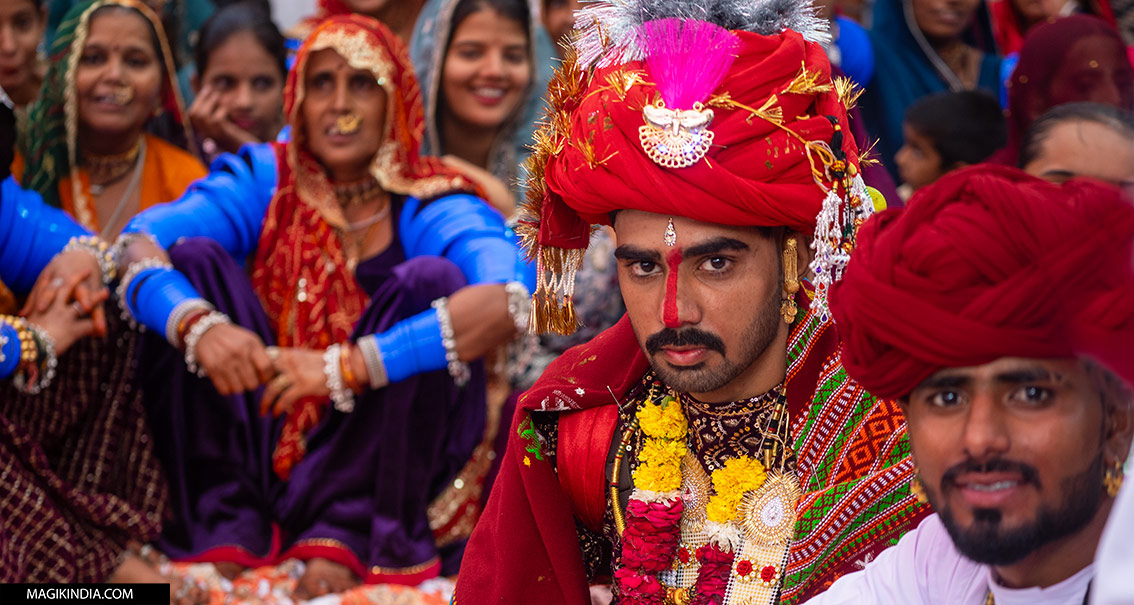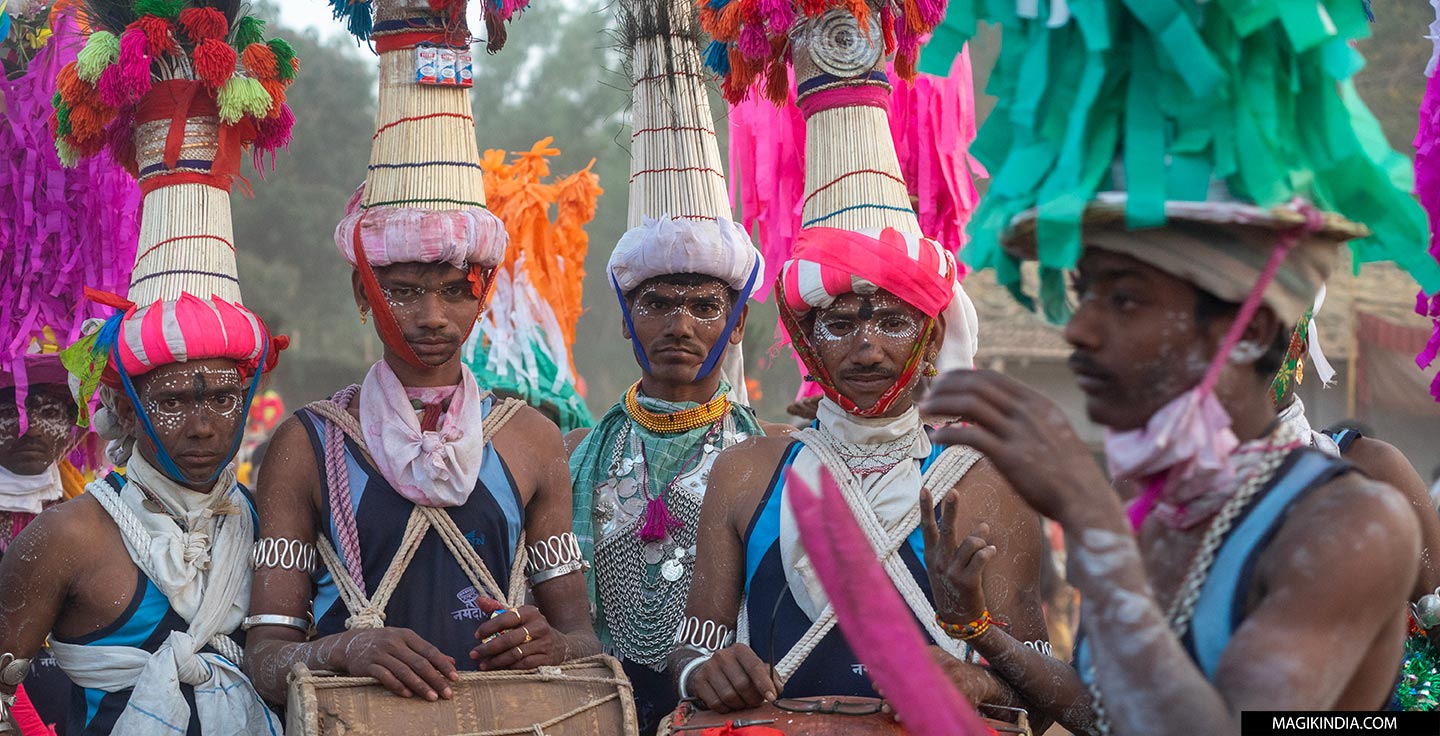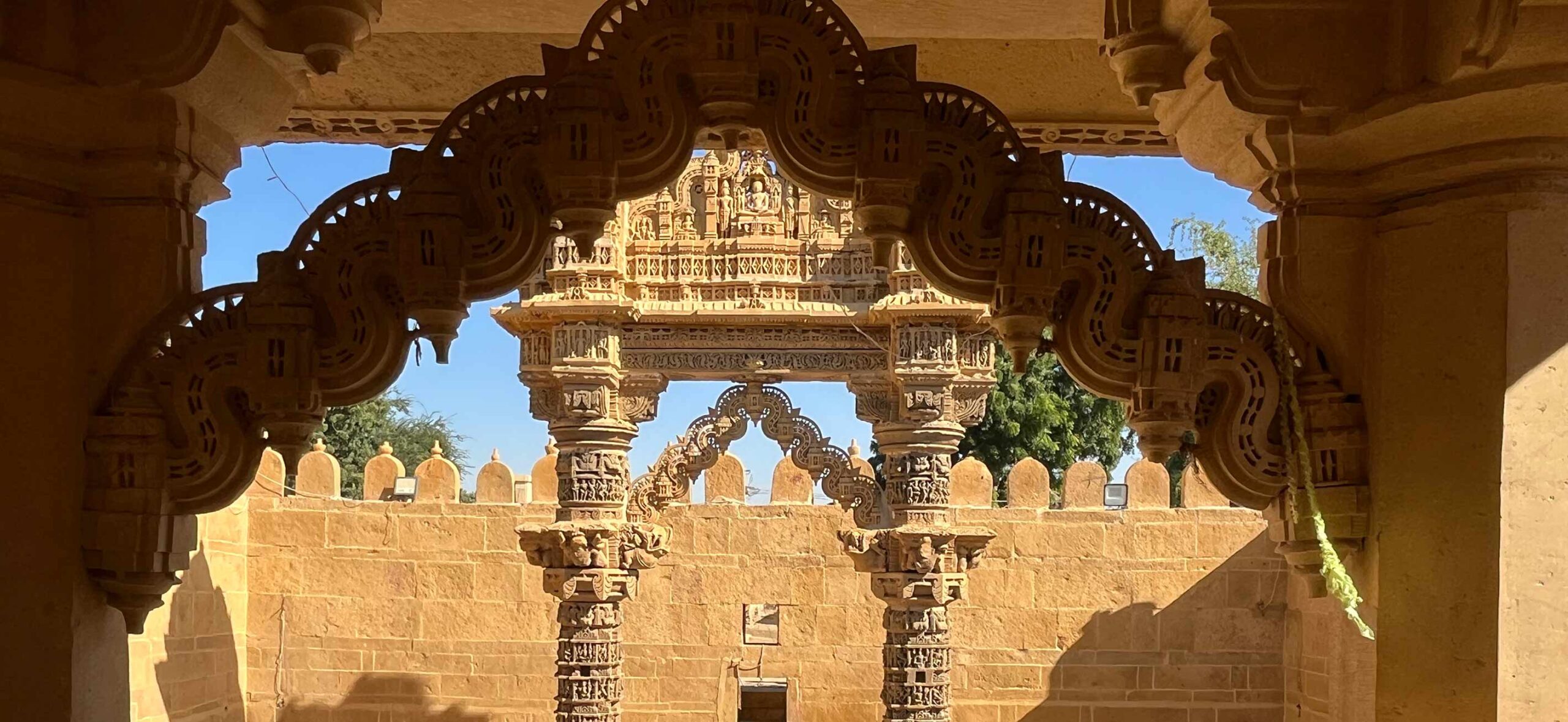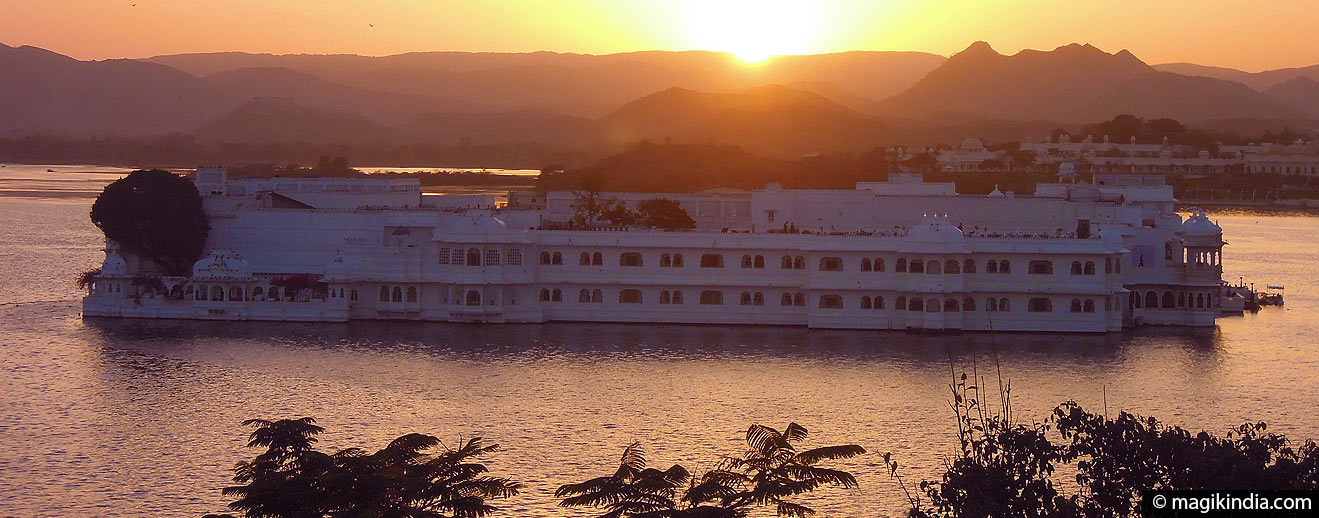
Udaipur, the romantic city of lakes
Udaipur, city of lakes, an oasis in the arid wastes of Rajasthan, a sweet dream where majestic palaces are reflected in sparkling water. Yes, Udaipur is certainly one of India’s most romantic towns.
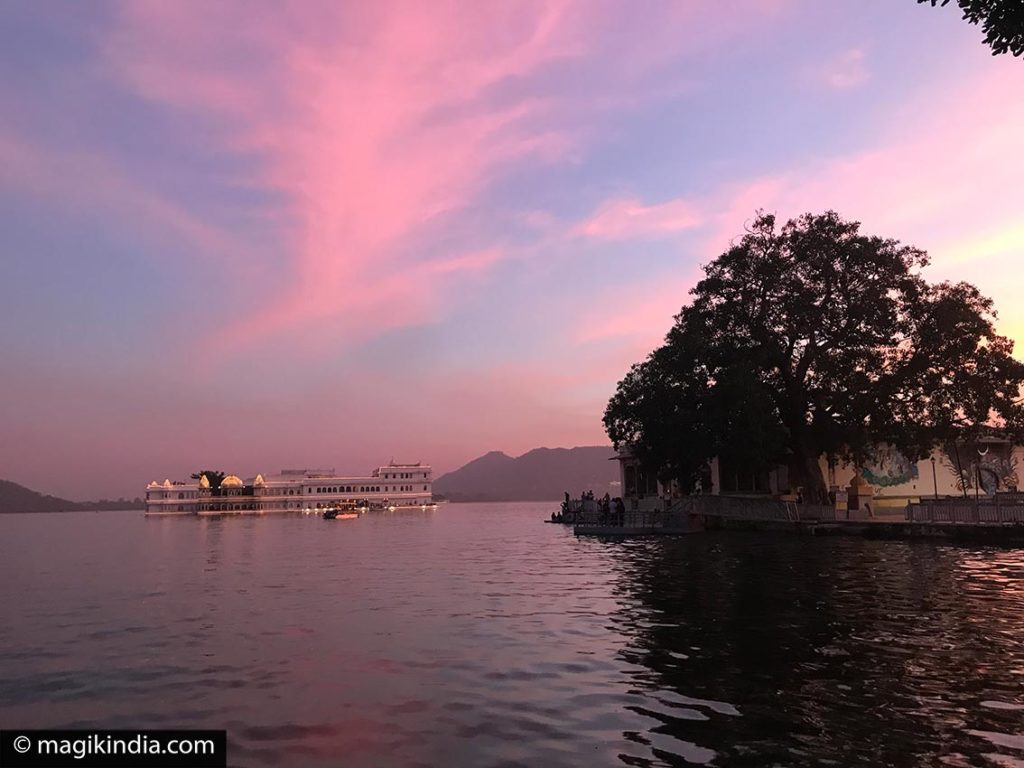
Udaipur was the capital of the Mewar kingdom, which covered what is now south and central Rajasthan. It was founded in 1553 by Maharana Udai Singh II, who had fled Chittorgarh, the former capital, when the Mughals captured it.
This city owns its name from its beautiful lakes and watercourses. Lake Pichola, Udai Sagar Lake, Fateh Sagar Lake, Rajsamand Lake and Jaisamand Lake are the five prominent lakes of Udaipur.
Udaipur is home also to some of the world’s most renowned and the country’s best luxury hotels and resorts, The Taj Lake Palace on Pichola lake is one of them.
Udaipur, with its picturesque landscape and historic palaces and architecture, is a major destination for most tourists, both domestic and foreign nationals. Countless films have also been shot here, from Bollywood romances to James Bond.
Festivals not to be missed
Mewar and Gangaur festival
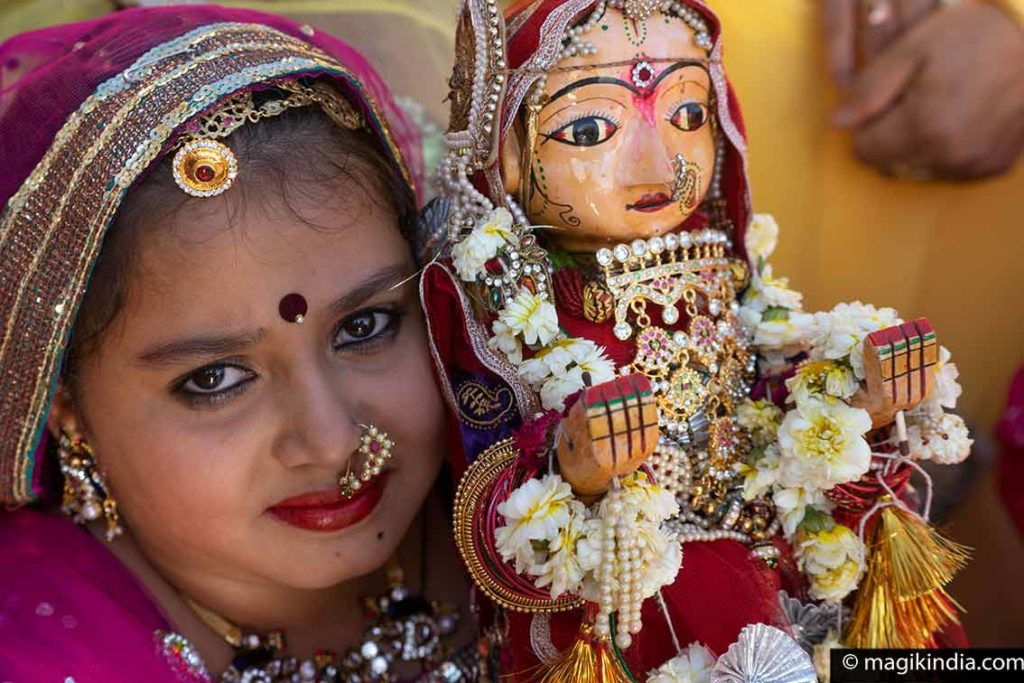
Mewar festival is observed to welcome the arrival of spring season. Coinciding with the Gangaur festival, Mewar festival is equally significant for the womenfolk of Rajasthan. When this religious part gets over, people engage into various dances, songs and other cultural events revealing the culture of Rajasthan.
KNOW MORE ABOUT ITShilpgram festival
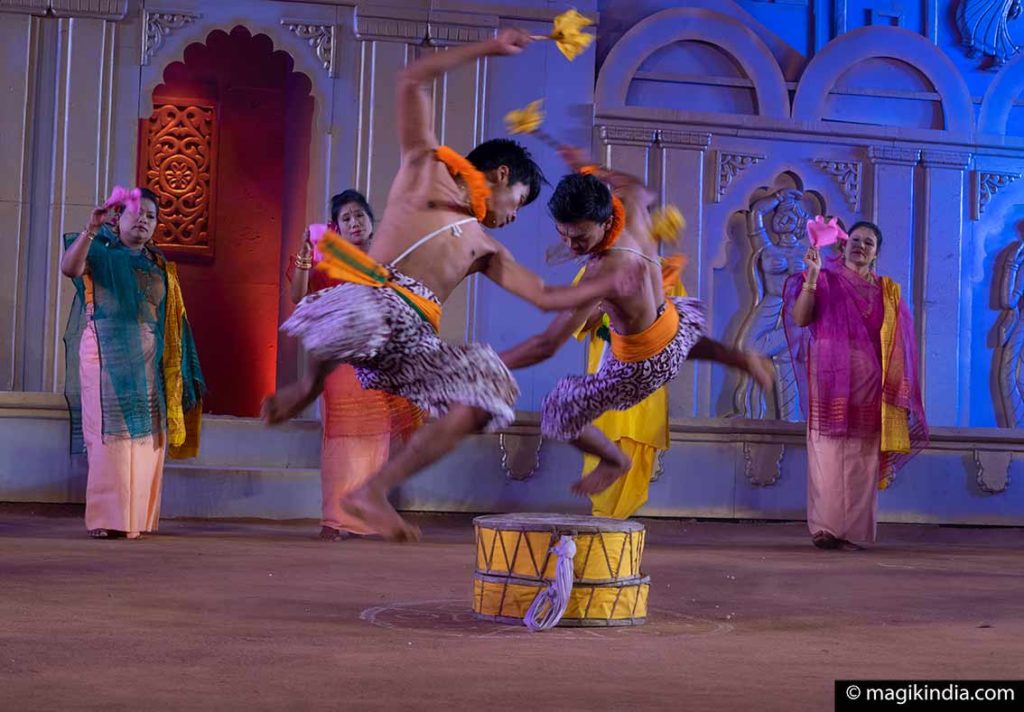
The art and craft village of Udaipur, Shilpgram conducts an annual fair for 10 days, usually conducted in the month of November/ December, to promote the crafts of Rajasthan. Shilpgram crafts mela is the perfect place that encourages urban potters, designers and visual artists by giving them the opportunity to interact and learn from each other to improve their skills. The artists and craftsmen from all over the country come down to this village to display and sell their products. www.shilpgram.in
Rath Yatra

This chariot festival originated in Puri (Odisha) and is dedicated to the hindu god Krishna. Udaipur holds the distinction of holding the 3rd largest Rath Yatra in India. On this day thousands of devotees accompany the procession of the chariot boasting the idol of the Jagadish temple. Cultural programmes, dances and music about Krishna’s life are held too in front of the temple.
Udaipur World Music Festival
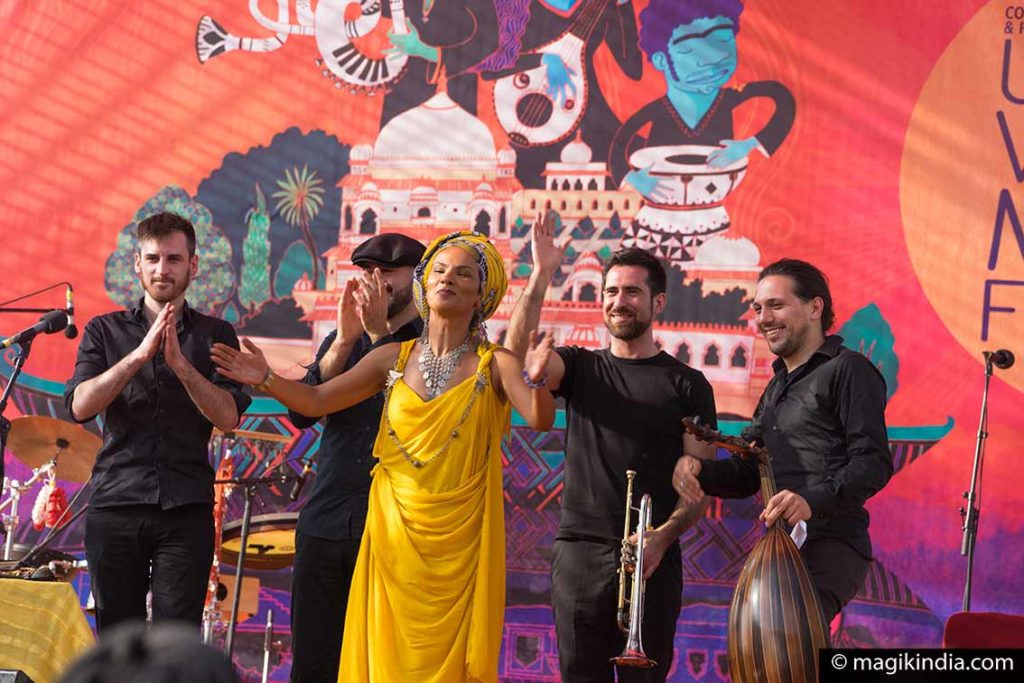
Udaipur comes alive with this two-day festival hold in February who brings together over 100 global artistes and ensembles from all over the world (Spain, Ghana, Venezuela, Italy, France… as well as India). The aim of the festival is to establish an annual signature event in Rajasthan and at the same time establish Udaipur as a major destination for world music in South Asia.
And now, let’s visit Udaipur!
Pichola Lake , Taj Lake Palace & Jag Mandir palace
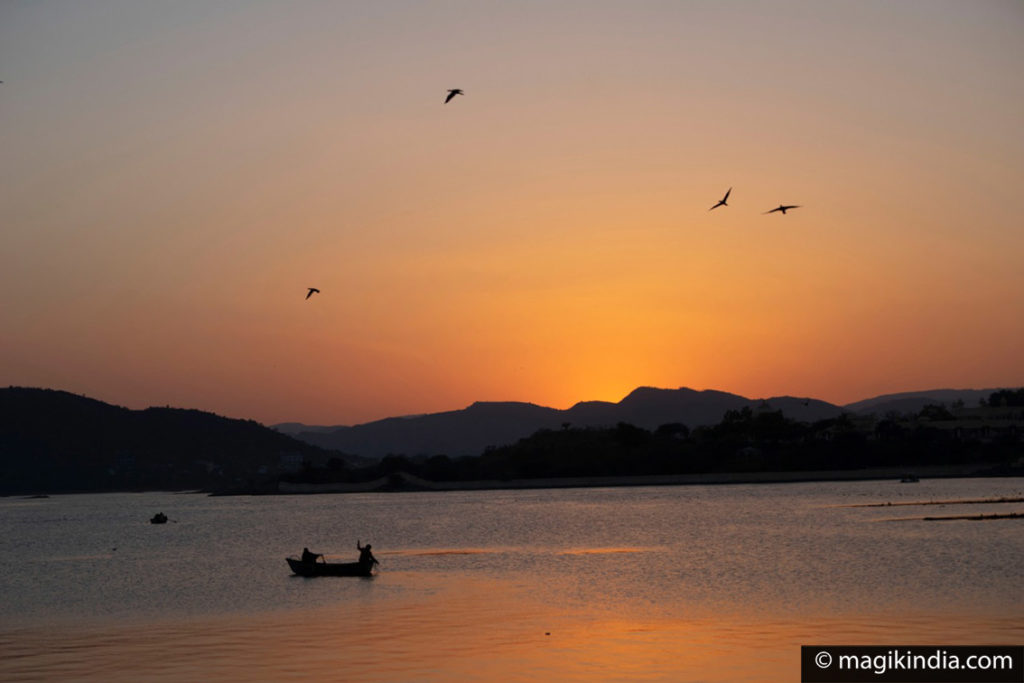
Udaipur is the well-named city of lakes so let’s start with the most gorgeous of them, Pichola Lake.
Located in the heart of the city, Pichola Lake is the oldest and one of the largest lakes of Udaipur. It was built in 1362 by Pichhu Banjara during the ruling period of Maharana Lakha.
Pichola Lake trip is a pure delight. The end of the day is best, when the sun goes down over the town. The light is splendid and shows the buildings to best advantage.
For boat trips, there are two piers : From the City Palace, which offers a complete ride with a stop at Jag Mandir and from Lal ghat which is a shorter but cheaper tour.
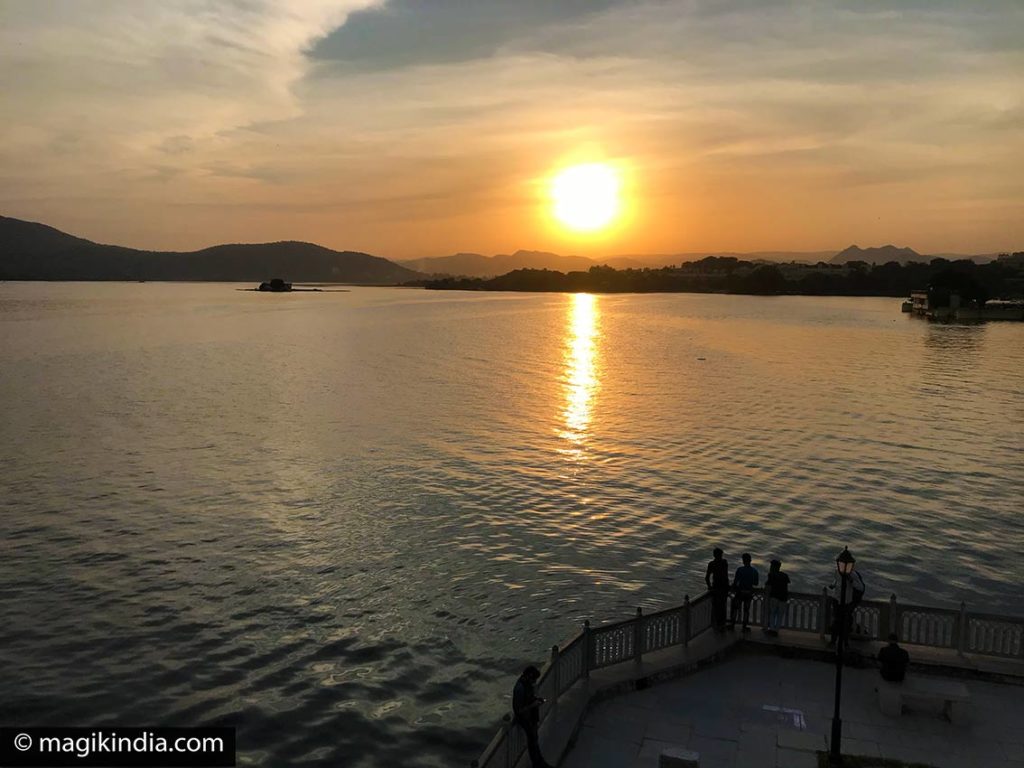
Pichola Lake is enveloped by bathing ghats and the Avaralli hills on all its sides. It comprises also several islands on which two beautiful palaces are built:
The Taj Lake Palace
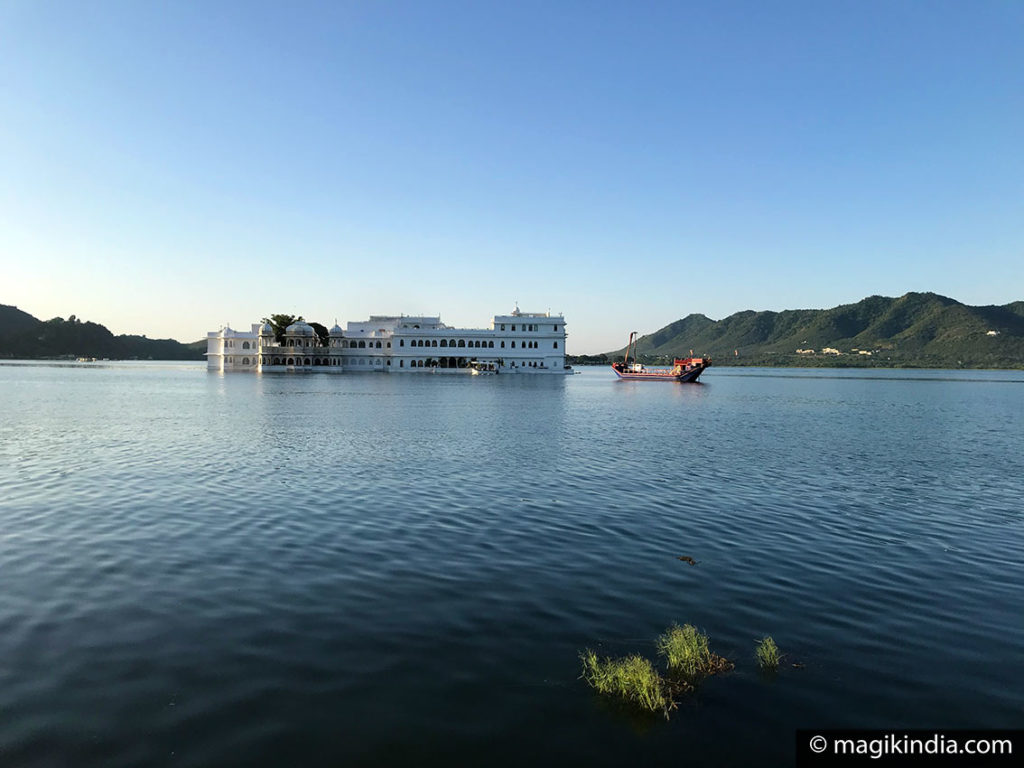
Jag Niwas, now Taj Lake Palace was built in 1743 by Maharana Jagat Singh II, as a summer palace. It has been now converted into a 5 stars hotel. You can only visit it if you book a room there. It must surely be one of the world’s most beautiful and romantic hotels
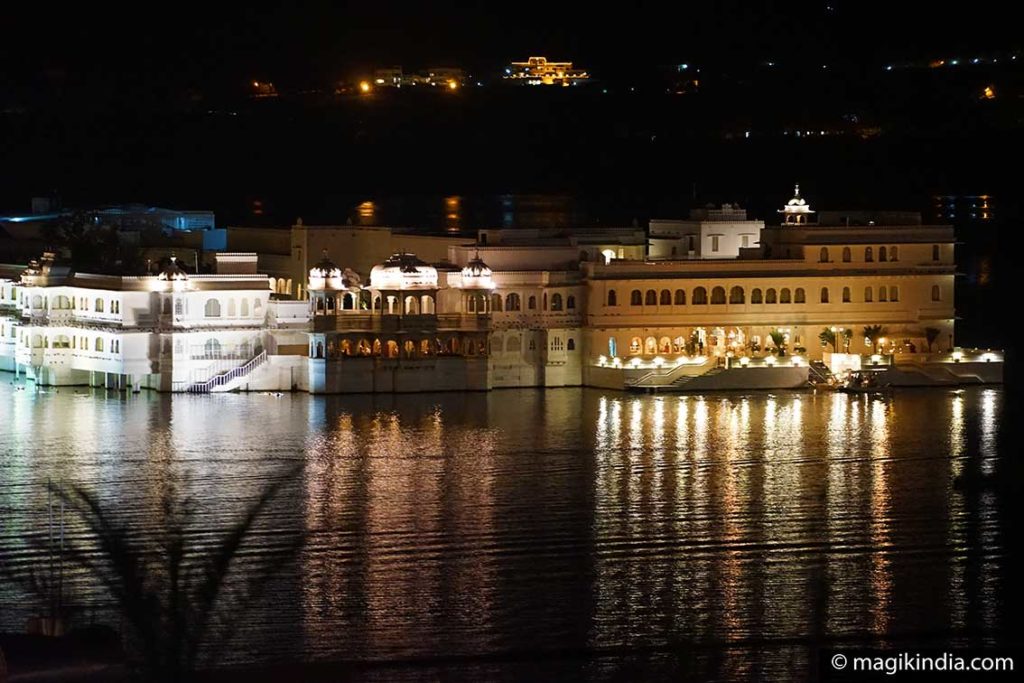
Jag Mandir or Lake Garden Palace
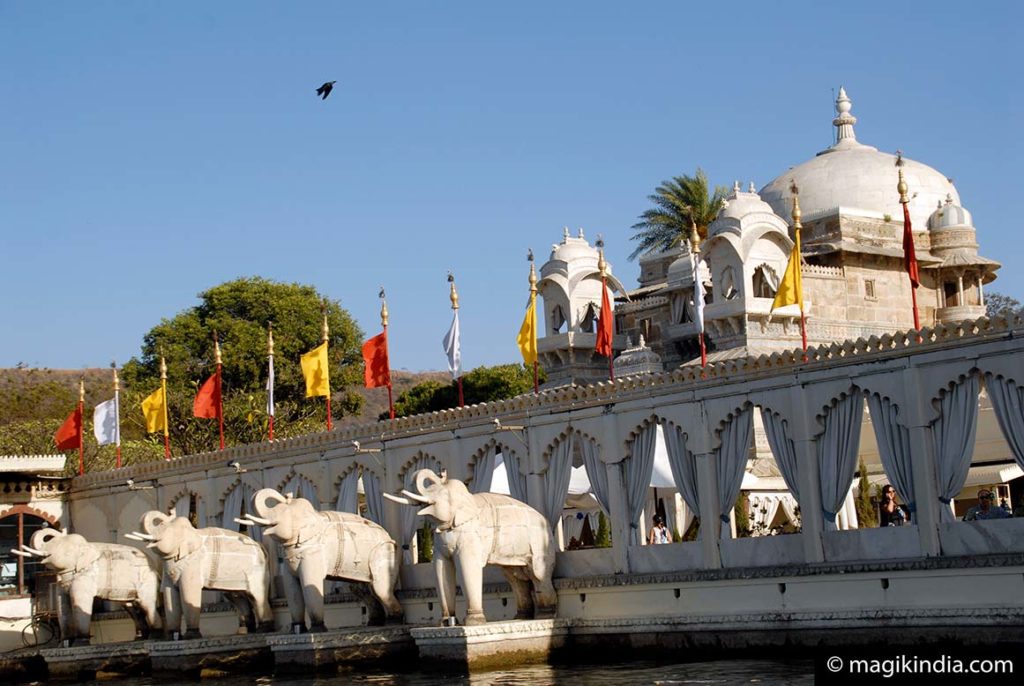
another palace that seems to float on the water. It was constructed by three Maharanas of the Mewar kingdom. The construction started in 1551, and got completed by 1652. Formerly used as the royal family’s summer palace, it now hosts chic functions and receptions. Boat trips from the City Palace make a halt here.
City Palace
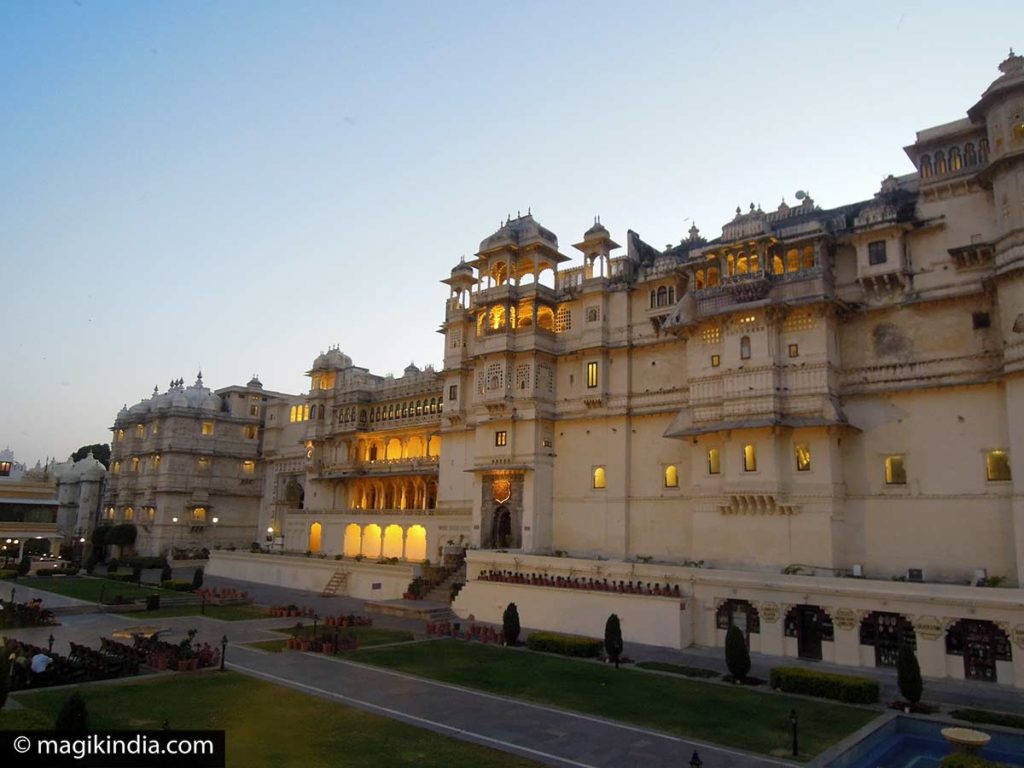
The City Palace is a vast complex of eleven smaller palaces, begun in 1559 by the Maharana Udai Singh.
He established his main residence there after fleeing Chittorgarh, which had been captured by the Mughals. Built on a rise beside Pichola Lake, it is in a fusion of the Rajput and Mughal architectural styles. Each descendant added extensions or embellishments over a period of 400 years. Today the City Palace complex is 250m long, some 30m high and absolutely magnificent.
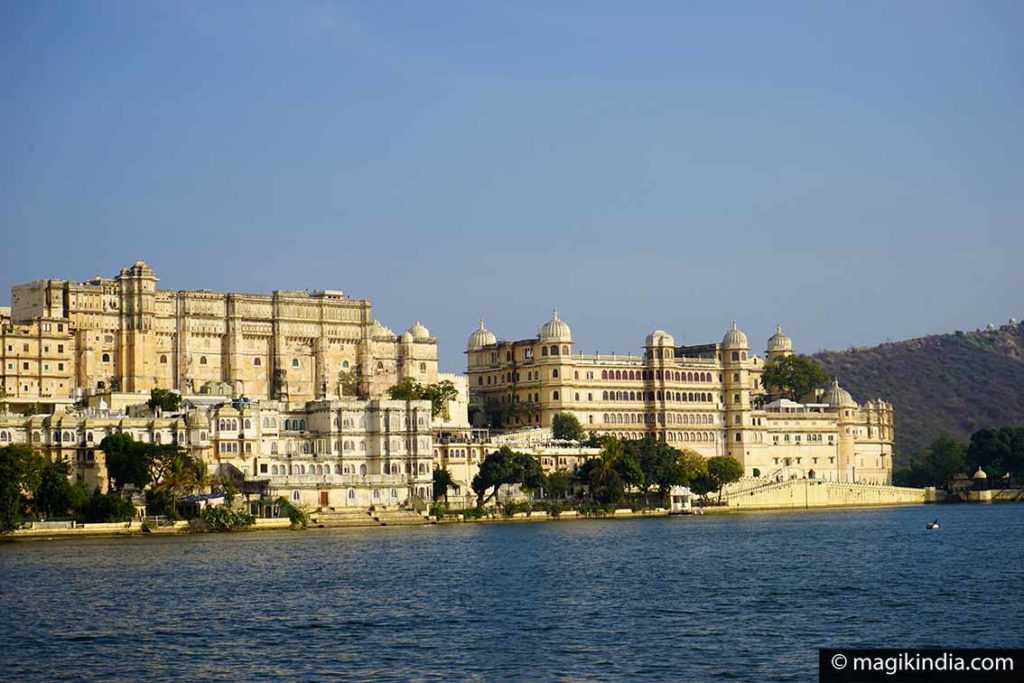
Part of the palace is the home of the current Maharana and his family. Another part has been converted into a luxury hotel, and the third part is a museum. Every evening you can see a son et lumière show retracing the history of the Mewar kingdom.
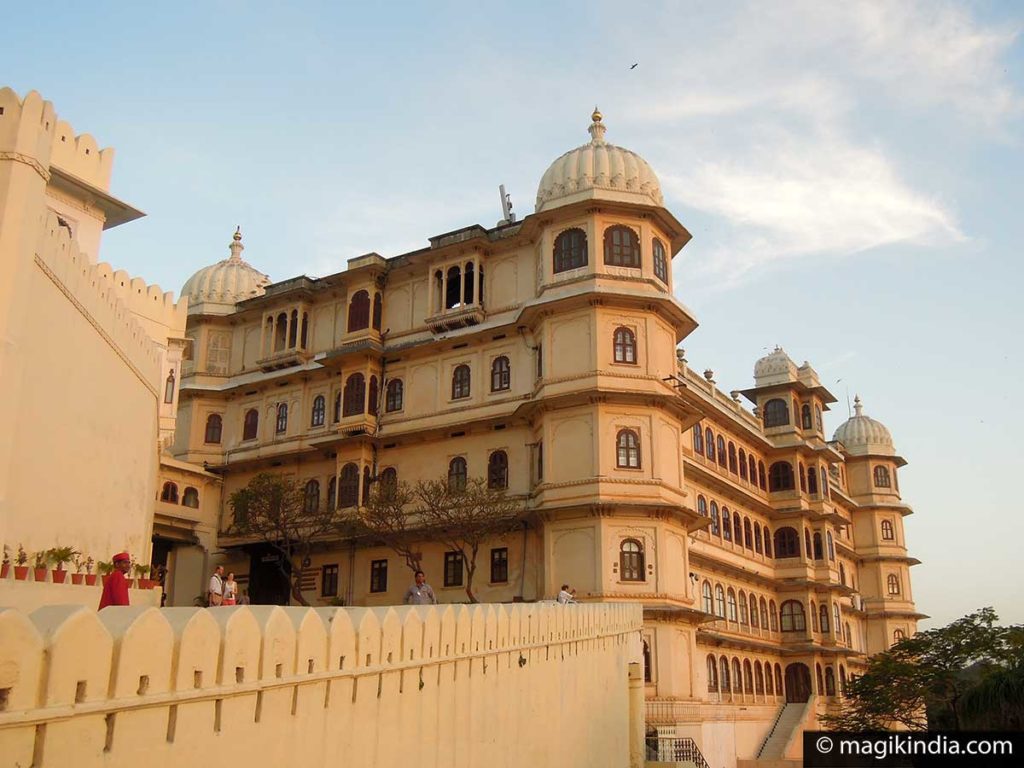
Among the most beautiful rooms in the palace museum are the Manak Mahal and the Mor Chowk, but the whole museum is an absolute must-see.
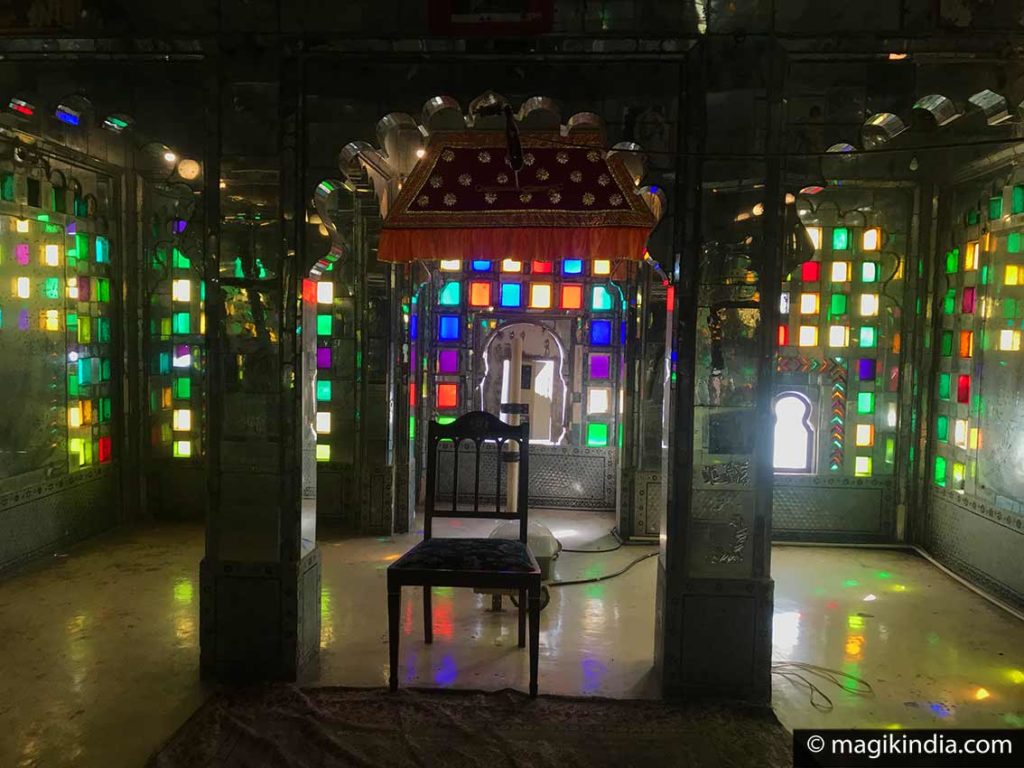
The Manak mahal, with mirrors and stained glass, was used as a meeting room by the Maharanas of Udaipur.
The Mor Chowk or the peacock courtyard is one of the most elaborate pieces of the palace. It includes very beautiful mosaics of colored glass; those of the three peacocks representing the summer, winter and monsoon seasons are the most remarkable. It took almost 5,000 pieces of glass, green, golden and blue colors to create these peacocks.
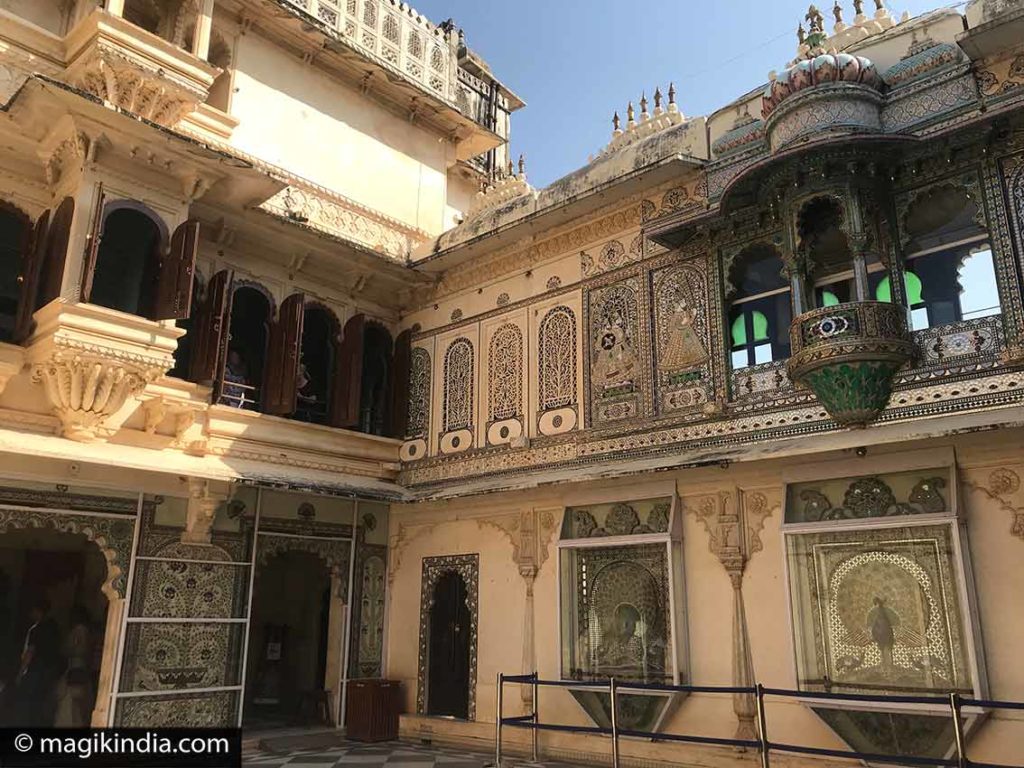
Every evening from 7 to 8 p.m., there is a sound and light show (in English) within the palace telling the story of the Mewar. Further along the bank, below the palace there is a jetty where you can embark for a boat trip on Pichola Lake.
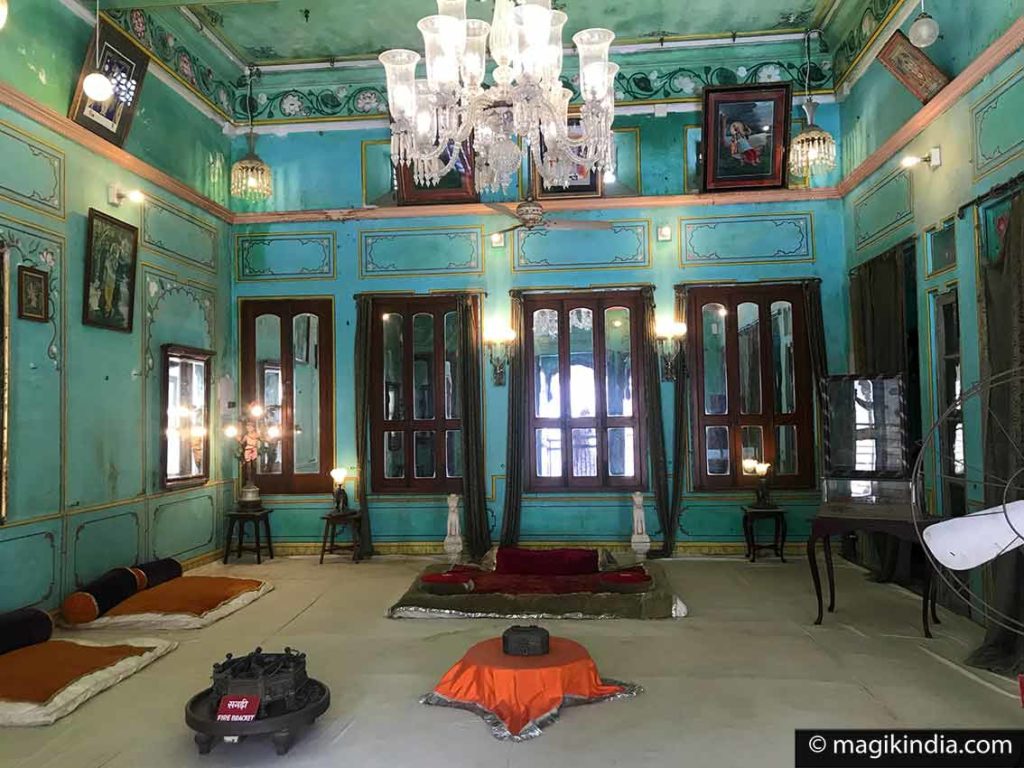
Jagdish Temple
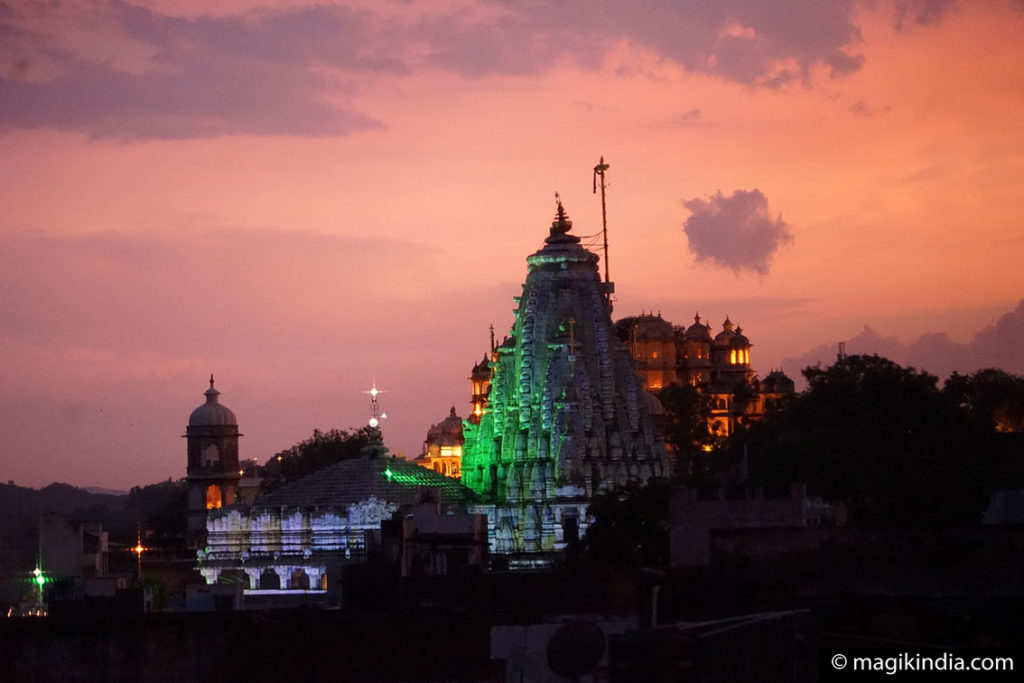
Jagadish Temple is just a few strides from the City Palace. It is the central temple of Udaipur, one of the most revered, built by Maharana Jagat Singh in 1651. The architecture is of the Maru-Gurjara (Rajasthani) type and the entire building is decorated with delicate sculptures. The sanctum sanctorum, which is reached by a flight of steps, houses a black stone idol of Jagannath, an avatar of the Hindu god Vishnu. Four small shrines, dedicated to Ganesha, Surya, Shakti and Shiva are located around the main sanctuary.
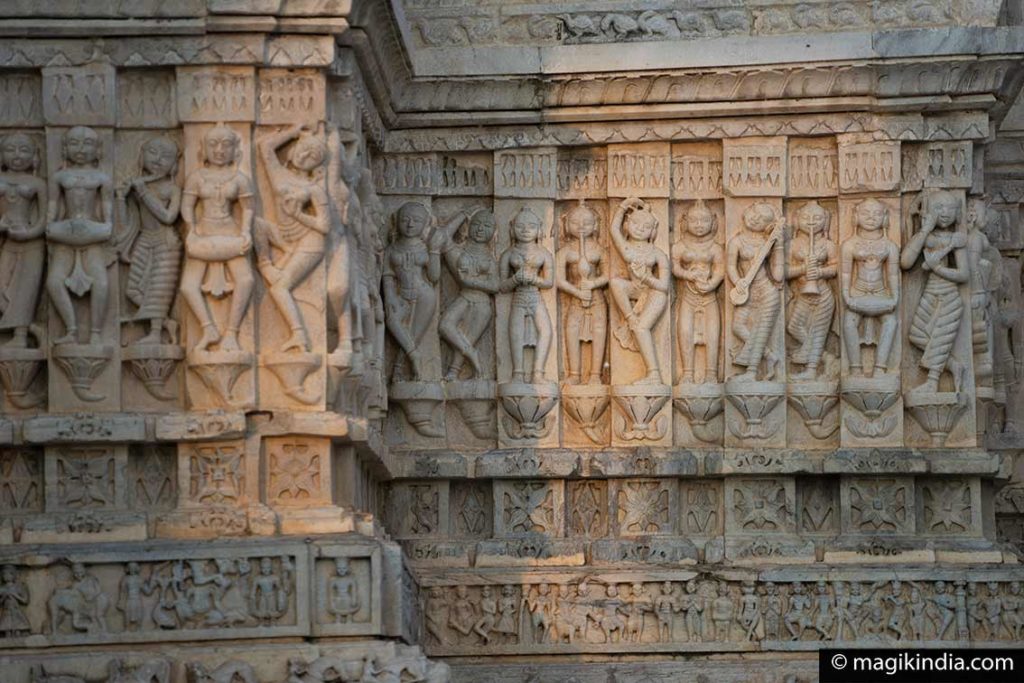
Bangore Ki Haveli
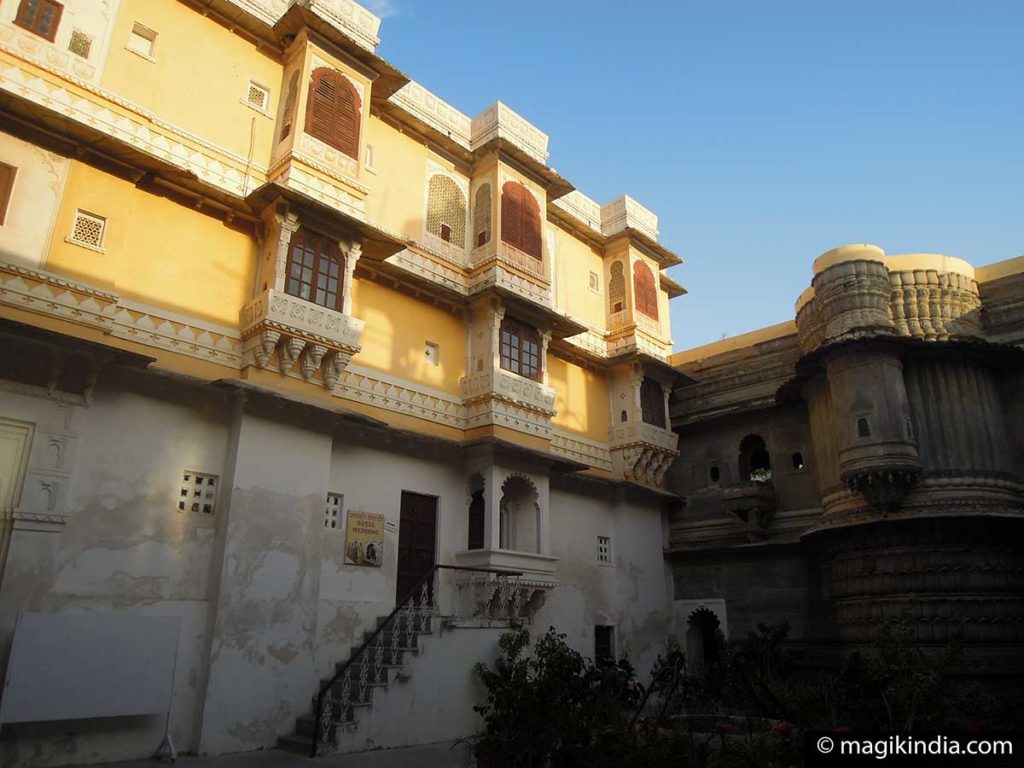
This 138-room haveli (mansion) that stands on the platform of the Gangori Ghat was built by Amir Chand Badwa, prime minister at the Mewar royal court.
The haveli has a refined architecture with numerous corridors and balconies, courtyards and terraces. The work of mirrors in the interiors is delicate and the ladies’ private apartments display voluptuous forms.
It is now a museum and also puts on performances of traditional Rajasthani dance and music every evening.
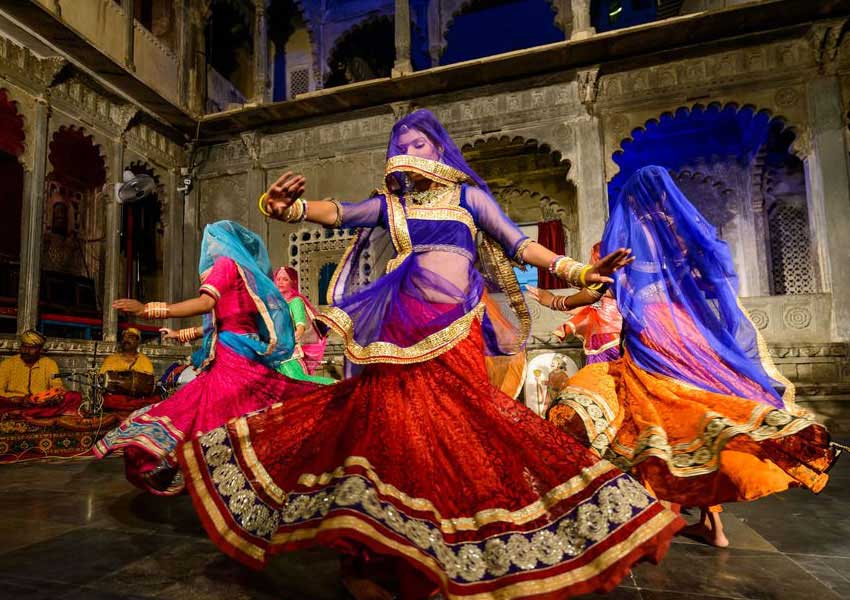
Ghats, old town, clock tower
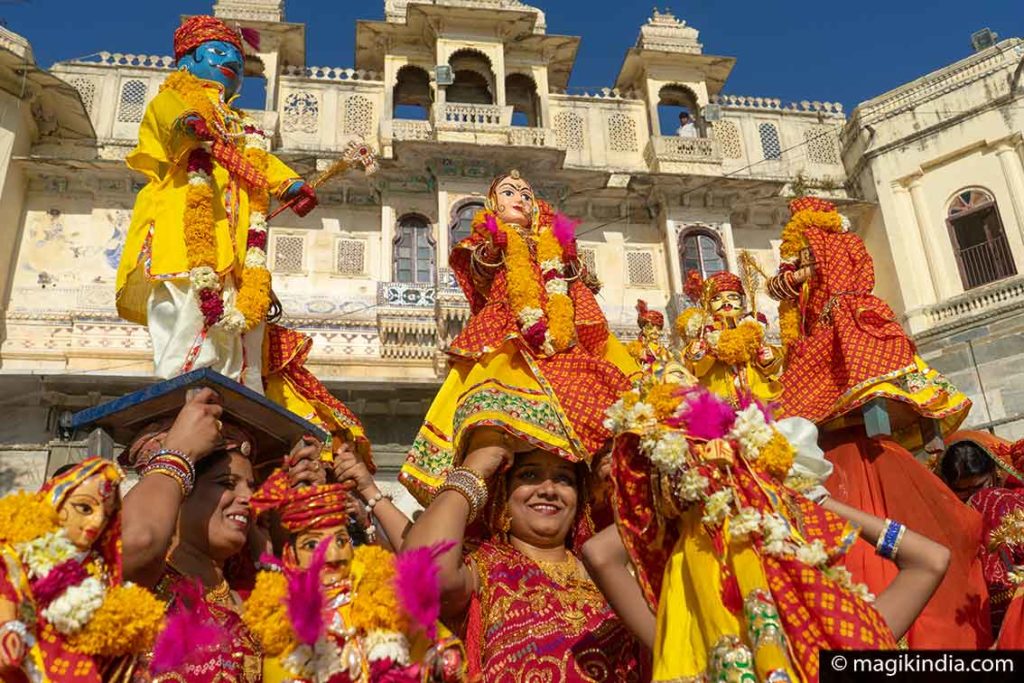
Udaipur is a particularly pleasant town to stroll around. The main sights are all in the old town.
For a morning walk, go to Gangaur ghat, near the Bangore Ki Haveli Museum, then follow the shores of Lake Pichola to the Chand Pol bridge, cross that bridge and walk to the Hanuman ghat where there is a temple dedicated to the monkey god Hanuman and a beautiful new on Gangaur ghat. Walk on to the tip of Ambrai ghat for one of the finest panoramic views of the town.
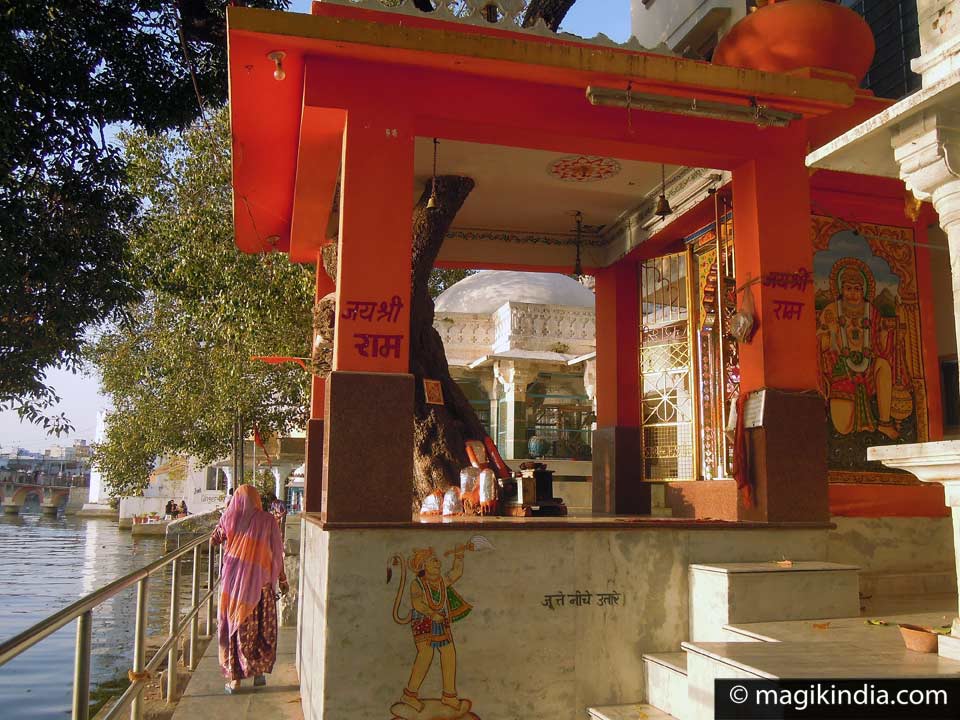
Stop at Hanuman ghat where there is a fine old temple to the monkey god Hanuman and walk on to the tip of Ambrai ghat for one of the finest panoramic views of the town.
For a stroll in the bazaars of the city, have your breakfast first and wait eleven o’clock, as there are only few shops that open before this time. Then take the direction of the ‘Clock Tower’ (Ghantaghar) and get lost in one of the streets around this clock : Bada Bazaar street, Maladas street and Hati Pole street. This is where you’ll find the old-style shops and traders – authentic India in a nutshell.
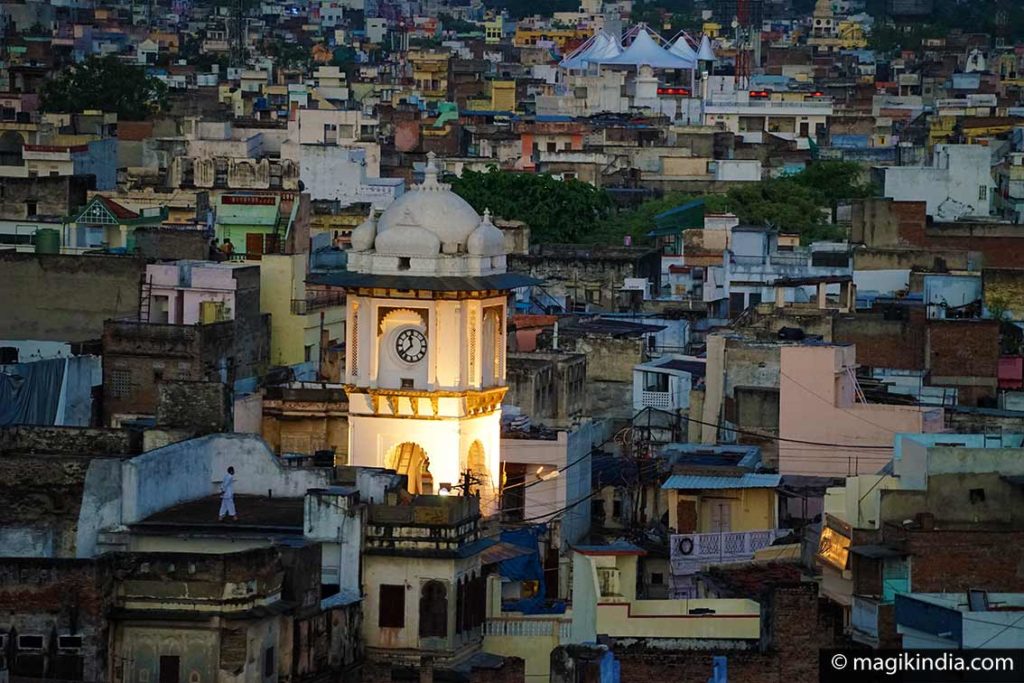
Gulab Bagh or Sajjan Niwas Garden
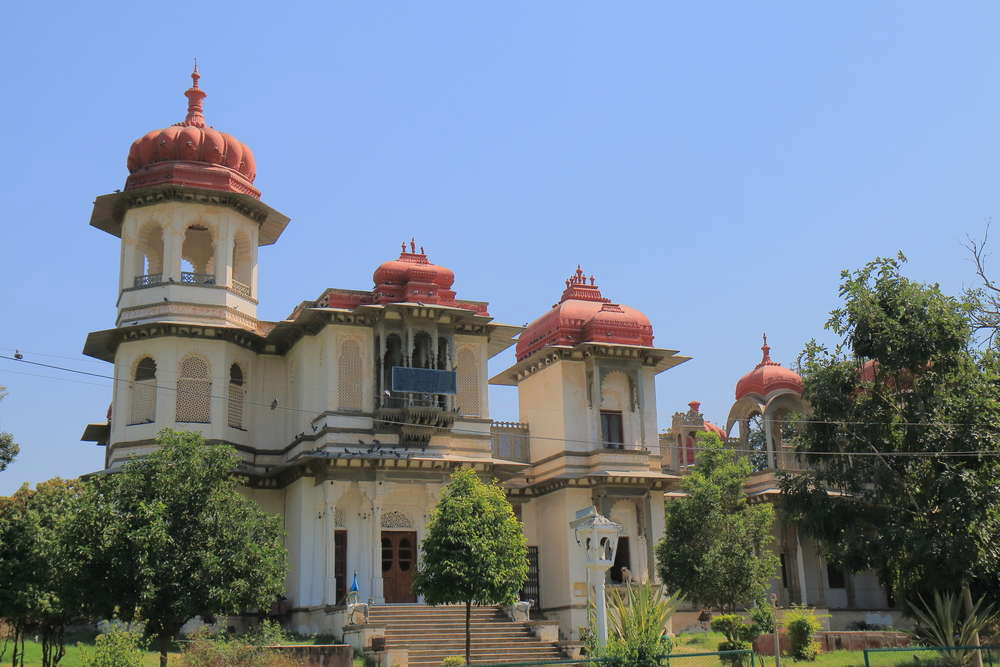
Sajjan Niwas is a lovely garden at the entrance to the town, near the City Palace.
It was started by Maharana Sajjan Singh in 1850 and is a favourite haunt of Udaipur people (and me too!) for morning walks or yoga sessions.
At over 100 acres it is the largest garden in Rajasthan, with a wide variety of tropical trees and flowers. It is also called ‘Gulab Bagh’ because of its rose collection.
It also boasts a small zoo, several Hindu temples, the dargah (tomb) of the Sufi saint Hazrat Shakir Ali Shah, a library that looks like a palace and an astrological garden with studded paving stones that have a kind of acupuncture effect on the feet.
Mansapurna Karni Mata Ropeway
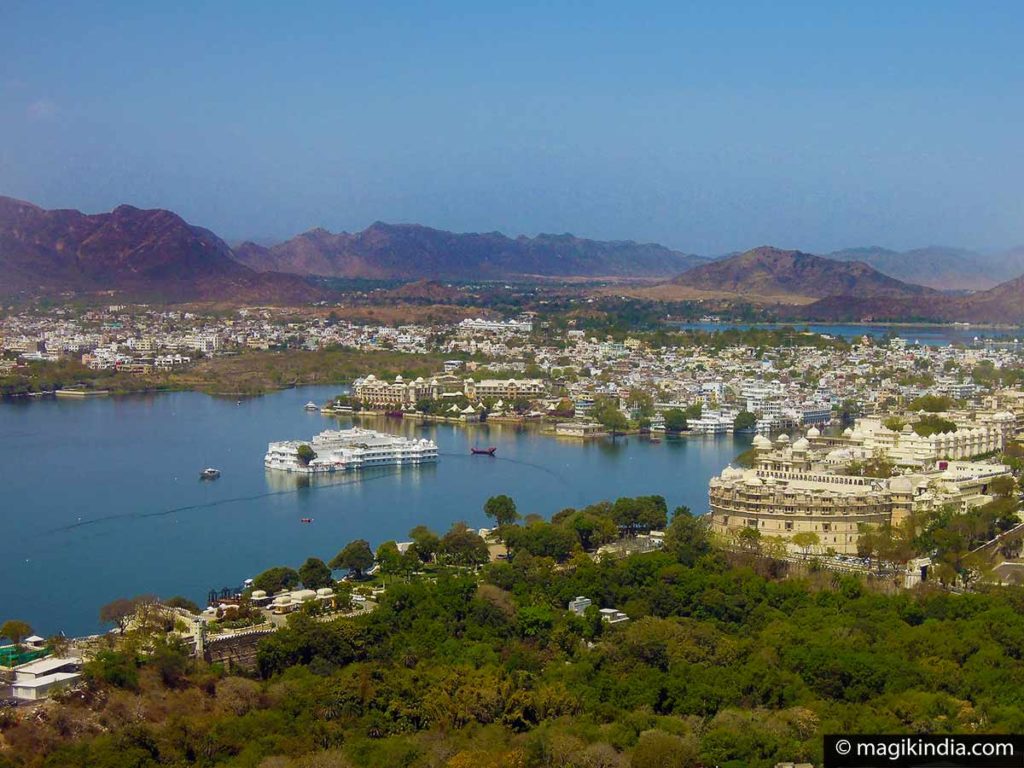
A kilometre from the centre you’ll find a cable car to take you to the hilltop where the small Kali temple stands. From there, the view on Udaipur city is absolutely splendid.
Mata Amba Temple
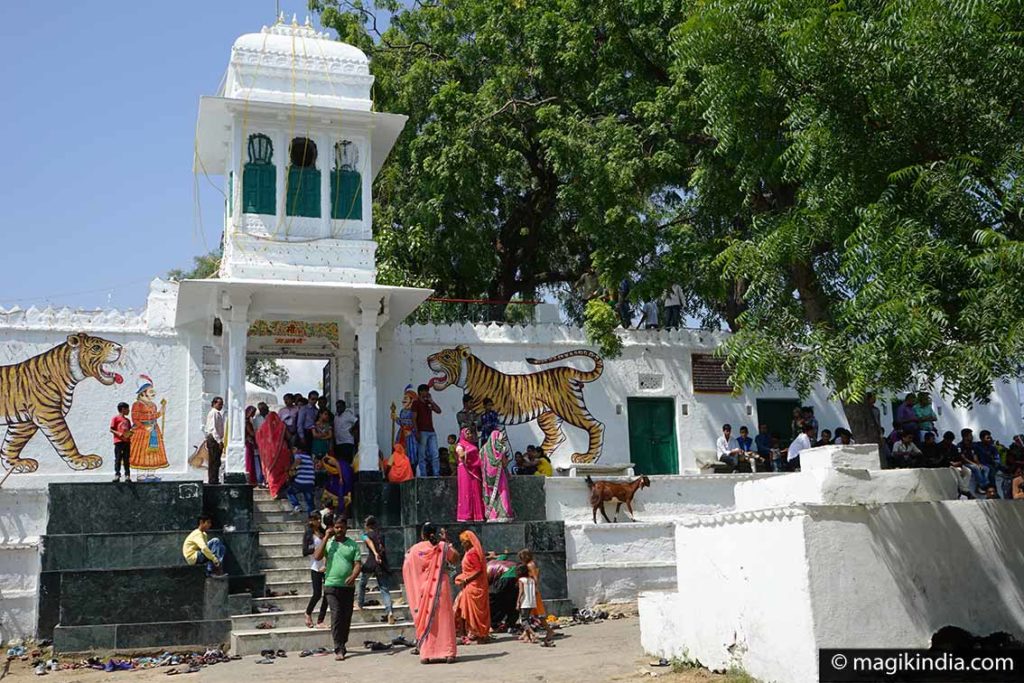
One of Udaipur’s main temples, dedicated to the Hindu goddess Durga.
It is said that the Raj Singh, Maharana of Udaipur, had serious eye trouble for which he could find no treatment. One night the goddess Amba appeared to him in a dream, telling him to build a temple at a precise spot in Udaipur. The next day the Maharana visited the place and there found a statue of Amba Mata; he started building a temple straight away and very soon his eye trouble cleared up.
Every year at Navaratri a procession leaves Jagdish temple in the old town centre and wends its way to Amba Mata (see video below).
Other lakes around Udaipur
Fateh Sagar Lake
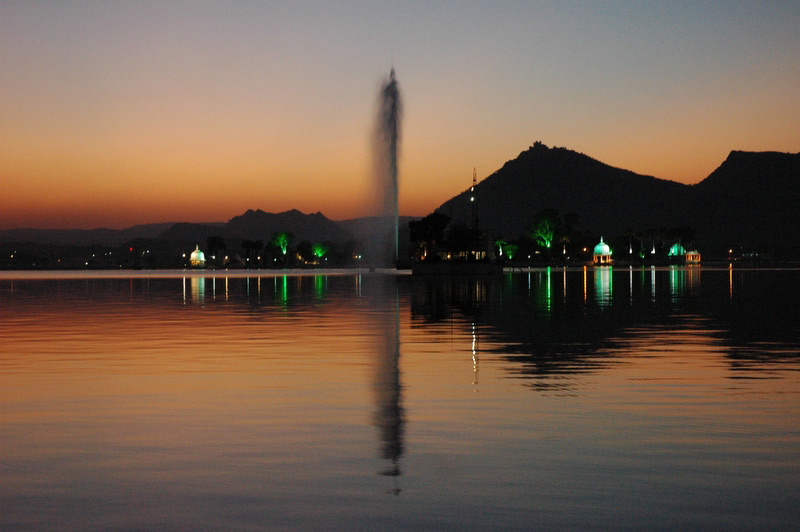
Fateh Sagar Lake is located in the north of Lake Pichola and it is one of the favorite spots for Udaipur dwellers to lighten up.
Fateh Sagar Lake was built in 1678 by Maharana Jai Singh, Fateh Sagar Lake got its name from Maharana Fateh Singh, who later made additions to it.
While admiring the splendid view of the lake and the Aravalis mountains, let yourself be tempted by a ‘Kulhad Coffee’, a coffee served in a terracotta cup, on of the best milk coffee in Udaipur.
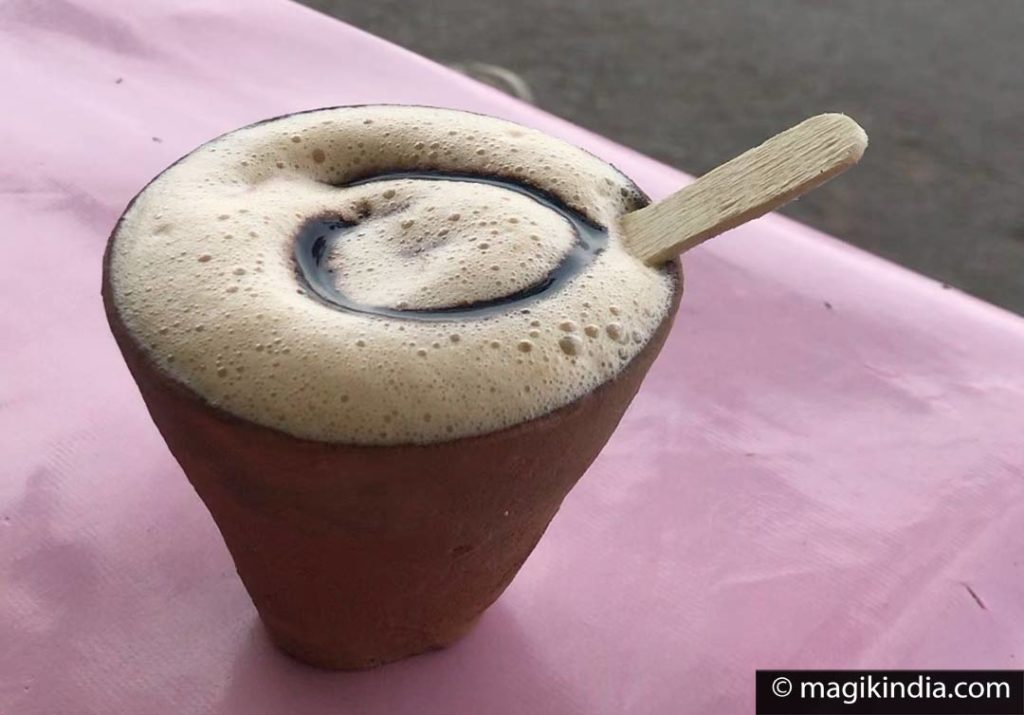
Fateh Sagar Lake is embellished by three small islands, which can be reached by taking a boat ride in the lake. The largest island of the lake is developed into a park by the name of Nehru Park. The second island is converted into a public park with a water-jet fountains. The third island addresses Udaipur Solar Observatory.
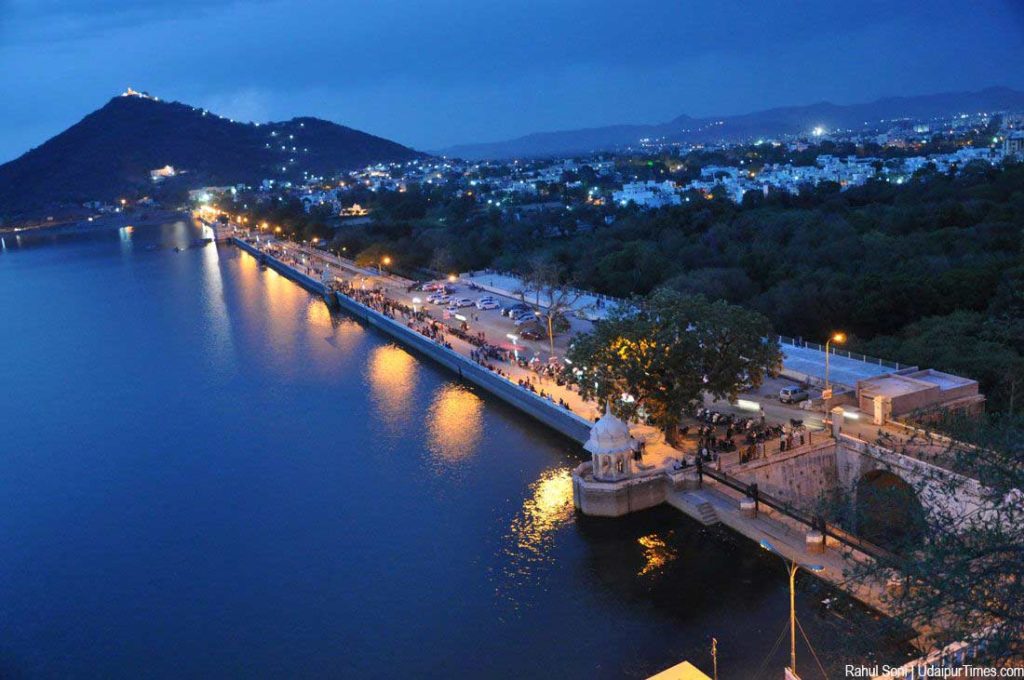
Badi Lake or Tiger Lake
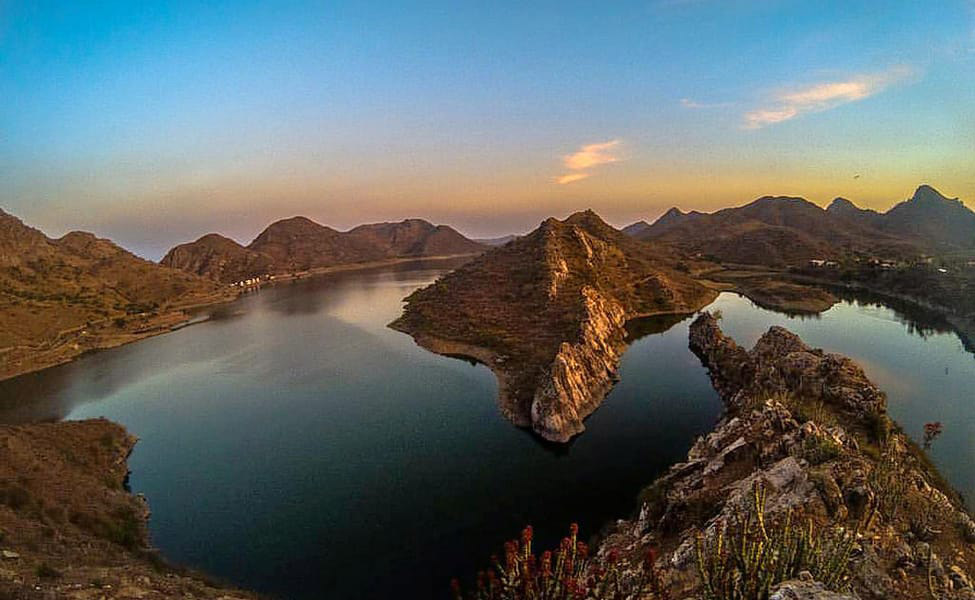
Jiyan Sagar is another striking lake, located in the village of Badi. Built by Maharana Raj Singh, Jiyan Sagar was built to deal with the problem of famine in the area. The lake was named after Jana Devi, mother of Raj Singh. Jiyan Sagar also adores three chattris (cenotaphs) and a lovely embankment (ghats).
If you want to have the best view of the Lake Badi, you will have to climb the Badi Hill, also known as Bahubali Hill (named after the Bollywood movie of the same name), 1 km from the lake. The place was discovered recently, around 2018, by a group of youngsters from Udaipur and quickly became “the place to be”.
Jaisamand Lake
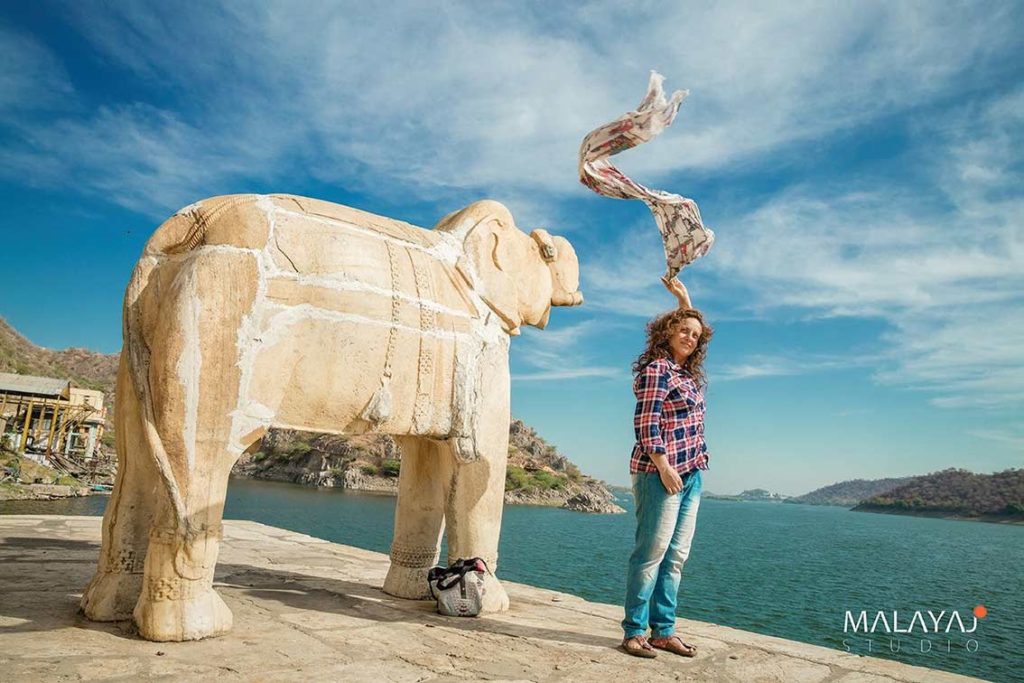
Located at a distance of 48 kms from the city of Udaipur, Jaisamand Lake is also known as Dhebar lake and it is renowned for being the second largest artificial lake in Asia. In 1685, Maharana Jai Singh built this lake while making a dam on the Gomti River.
Centrally located, a Shiva temple can be found as well as six interesting cenotaphs carved from marble on the embankment of the lake.
In total, this lake comprises seven islands and one of the islands is still inhabited by the tribe of Bhil Minas.
Jaisamand Lake is close to the sanctuary of he same name that serves habitat to various types of birds, panthers, leopards, deer, wild boars and crocodiles
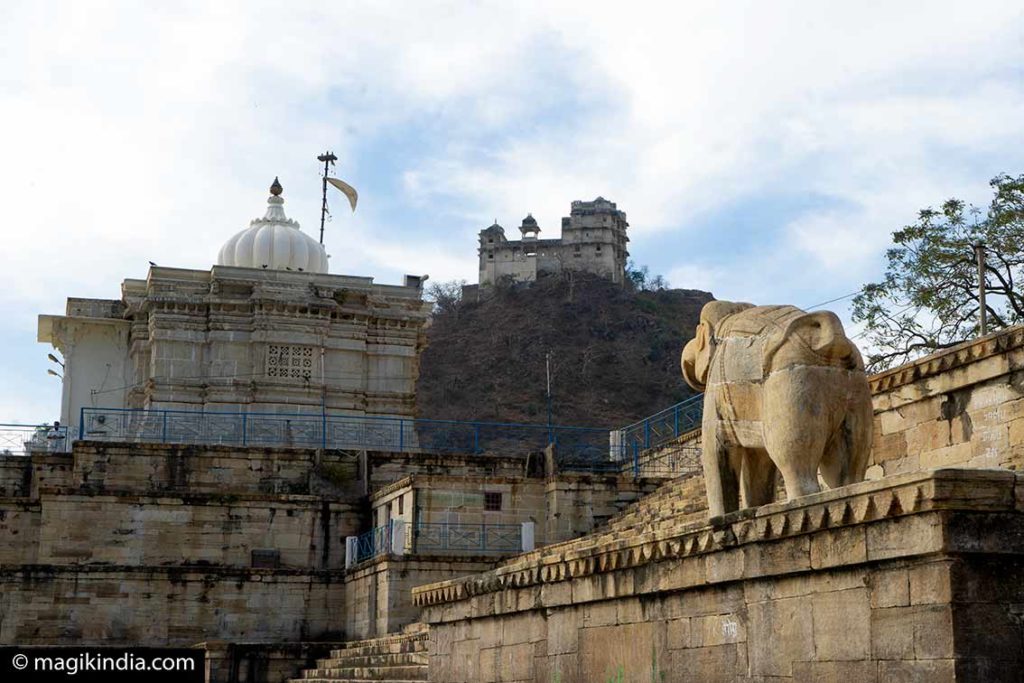
Moti Magri, Maharana Pratap Memorial
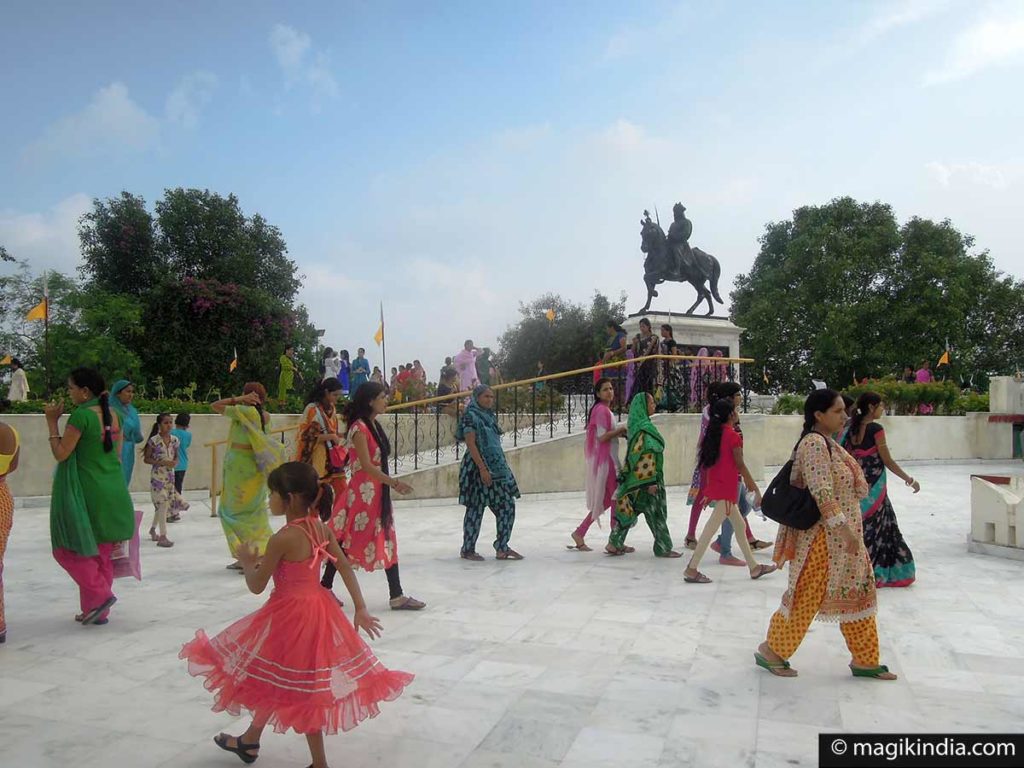
Moti Magri or Pearl Hill overlooks the Fateh Sagar Lake. Situated at the top of the Hill is the memorial of the Rajput hero Maharana Pratap which has a bronze statue of the Maharana astride his favourite horse “Chetak”.
It is believed that Chetak was a faithful horse. He was extremely protective towards Maharana Pratap and stood by his master till his last breath. Chetak was killed in the battle of Haldighati. The Memorial is surrounded by gardens and fountains, which offer a delightful walk.
Saheliyon-Ki-Bari – Garden of maids
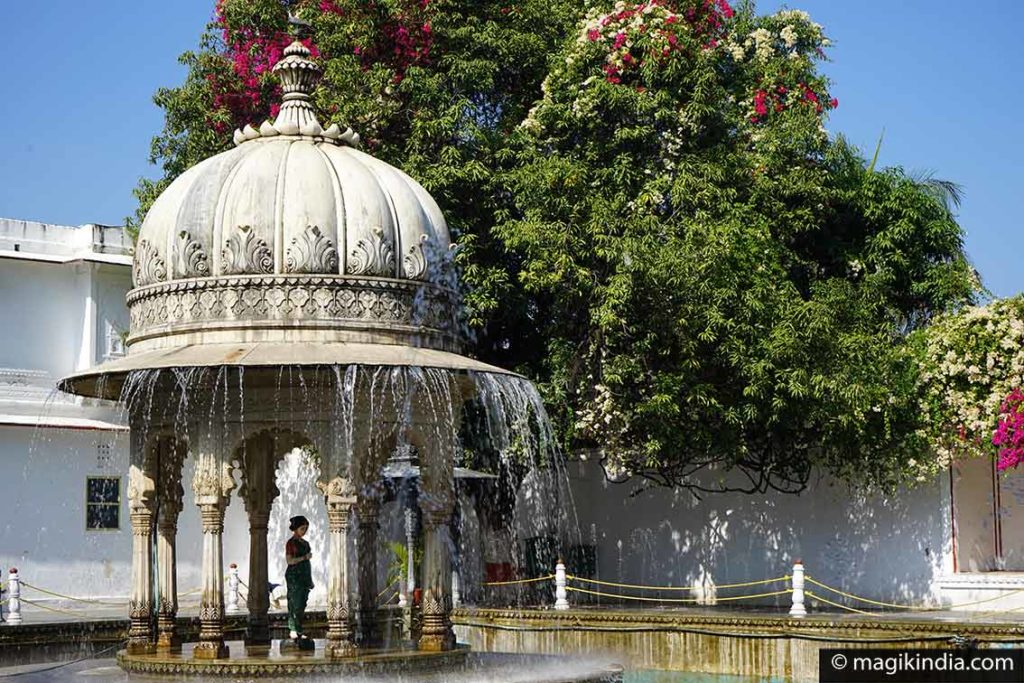
This lovely garden located on the banks of Fateh Sagar Lake with its fountains and white marble pavilions was built between 1710 and 1734 by Maharana Sangram Singh for the ladies of his court. It gave the queen and her friends a place to relax, far from the political intrigues of the court.
Neemach Mata Temple
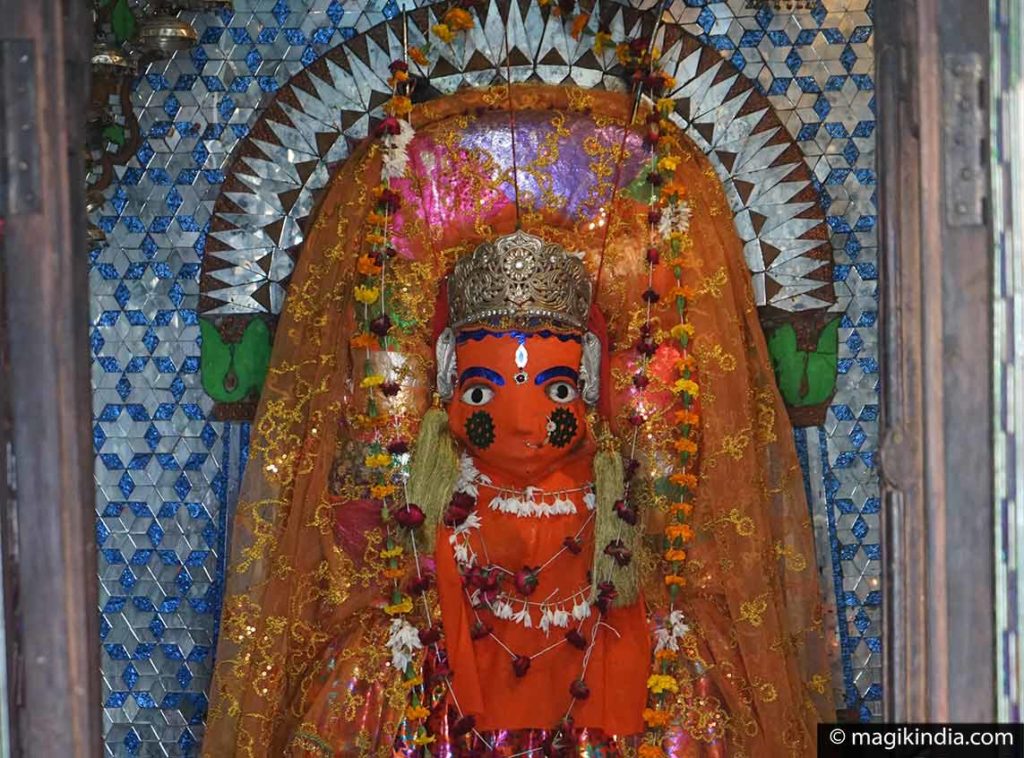
Neemach Mata temple is perched at 800m above sea level on a hill just by Lake Fateh Sagar, with steps up the hill to reach it.
It is said to have been built around 1652-1680 and is dedicated to the Hindu goddess Neemach Mata (also known as Ambaji) who is the patron goddess of the royal family of Udaipur. You reach the temple by a steep climb of about 30 minutes, which lets you at leisure admire the breathtaking view of Udaipur and its surroundings. Leave early in the morning to watch the sunrise over the city, a must!
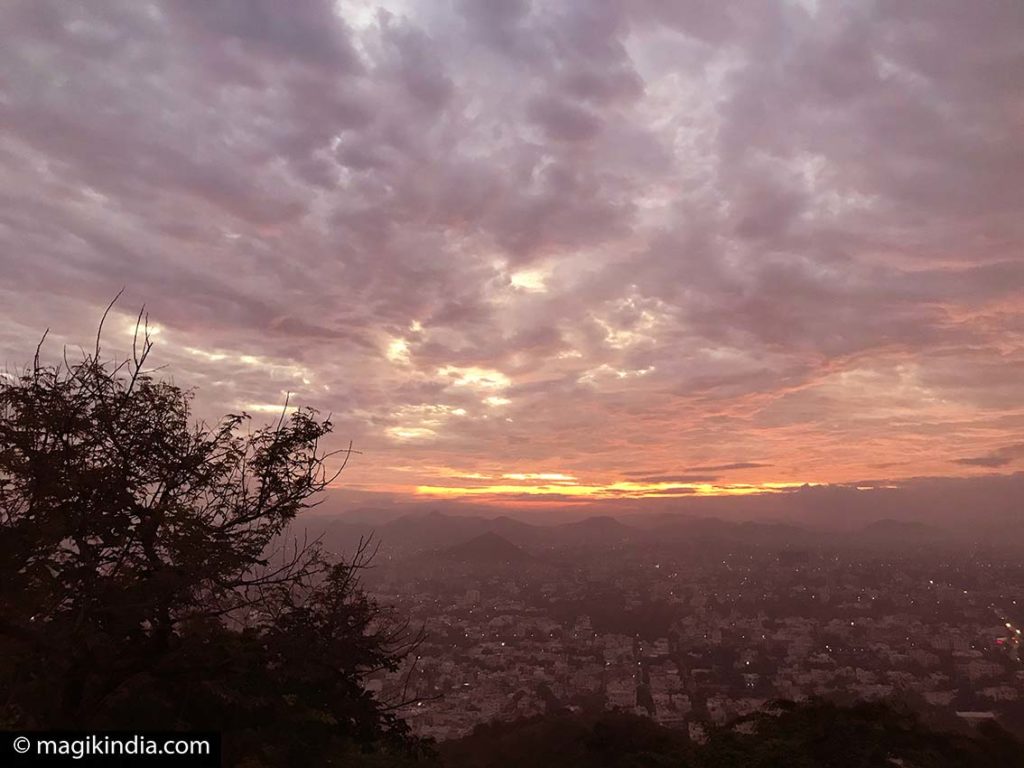
Ahar Cenotaphs
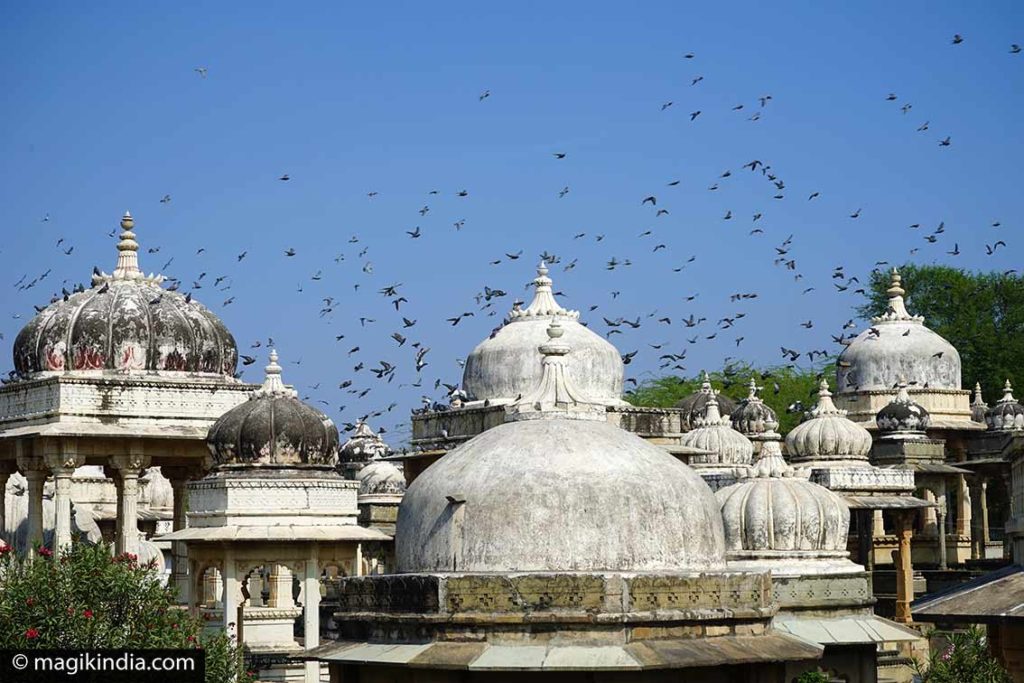
The Ahar cenotaphs are located 2km east of Udaipur. The site has definite charm.There are more than 250 cenotaphs of Mewar royals here, built over a period of 350 years.
The cenotaph of Maharaja Sangram Singh, cremated here with all his 21 wives, is among the most interesting; it boasts 56 pillars and an octagonal dome.
Monsoon Palace
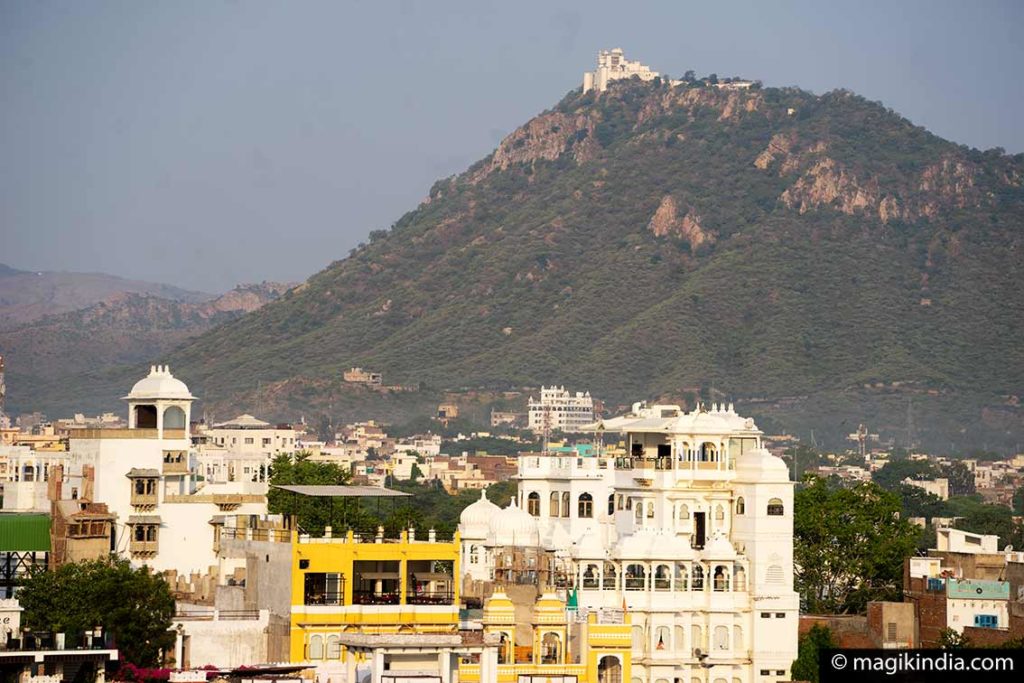
The Monsoon Palace overlooks Udaipur from the top of a hill. It was built by Maharana Sajjan Singh (1874-1884) as a place to watch the monsoon clouds.
If the exterior architecture has a certain charm, the interior of the palace is very simple and offers little interest. Maharana Sajjan Singh originally planned to make it a five-story astronomical center. The plan was canceled with the premature death of the Maharana.
Visitors flock here especially to watch the sunset over the city; during the tourist season the place is crowded and it is even difficult to make your way through to take pictures.
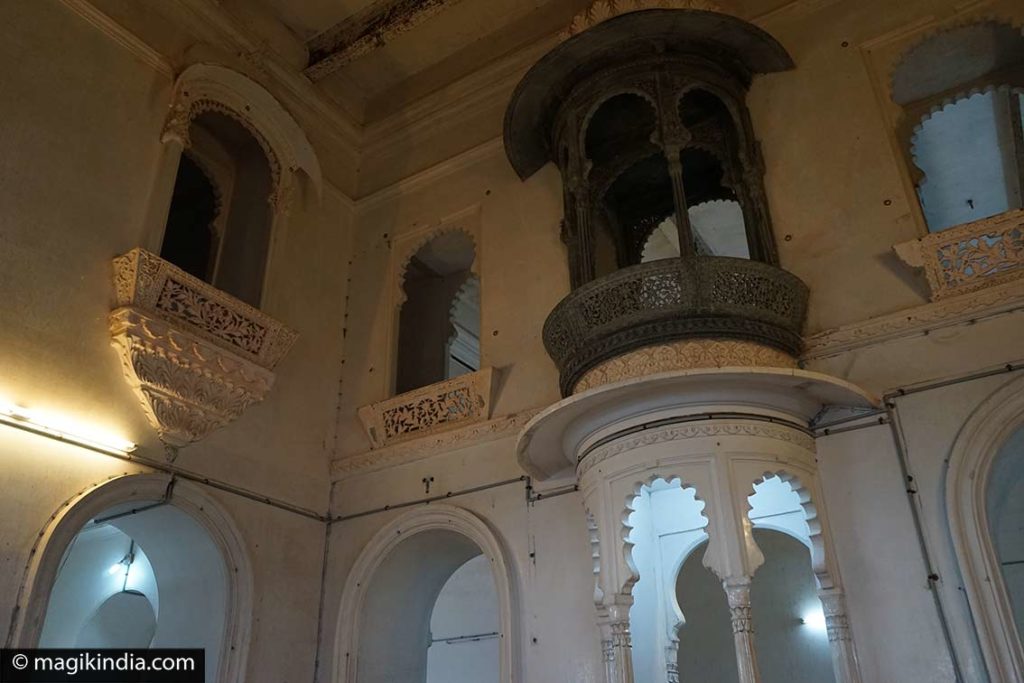
Shilpgram
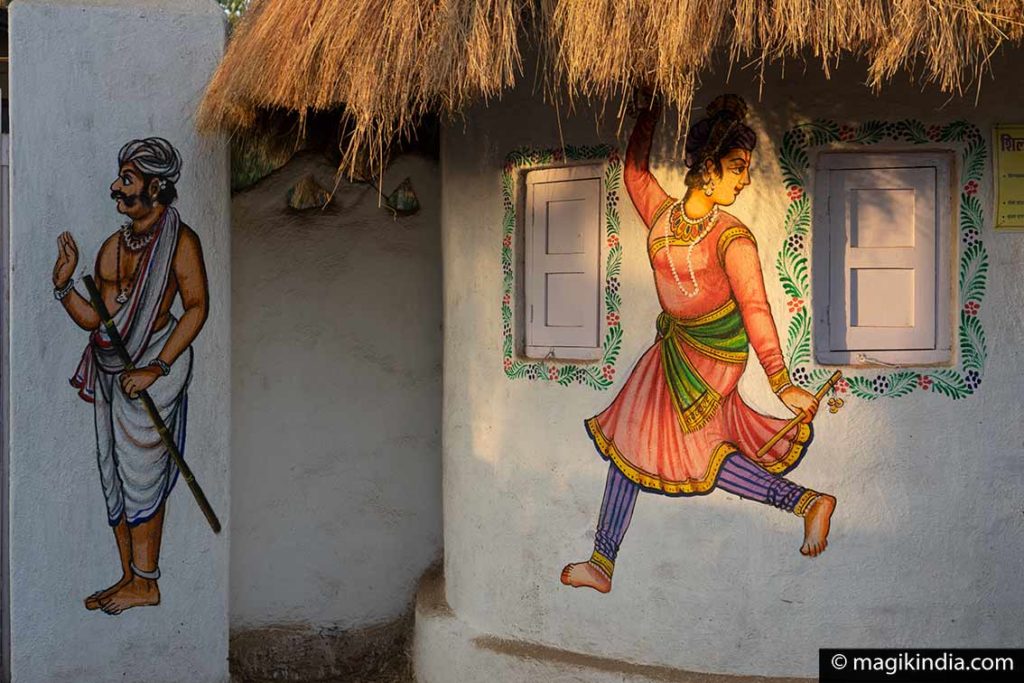
Shilpgram, a crafts village 3 km west of Lake Fateh Sagar, has displays of traditional houses from Rajasthan, Gujarat et Maharashtra.There are also demonstrations by musicians, dancers, or artisans from these states.
The 10 day festival organised here in December is a treat for the visitor to an array of exquisite art and craft.
Sas Bahu Temples (20km)

These beautiful twin temples dedicated to Vishnu were probably built in the early 11th century CE. “Sas” is short for Sahastra-Bahu, which means “He of the thousand arms”, a particular form of Vishnu.
The larger temple has ten shrines around it and the smaller is a Panchayatana (i.e. has five shrines). Both temples are finely carved with friezes of the Hindu gods Brahma, Vishnu and Shiva and the avatars Rama, Balarama and Parashurama.
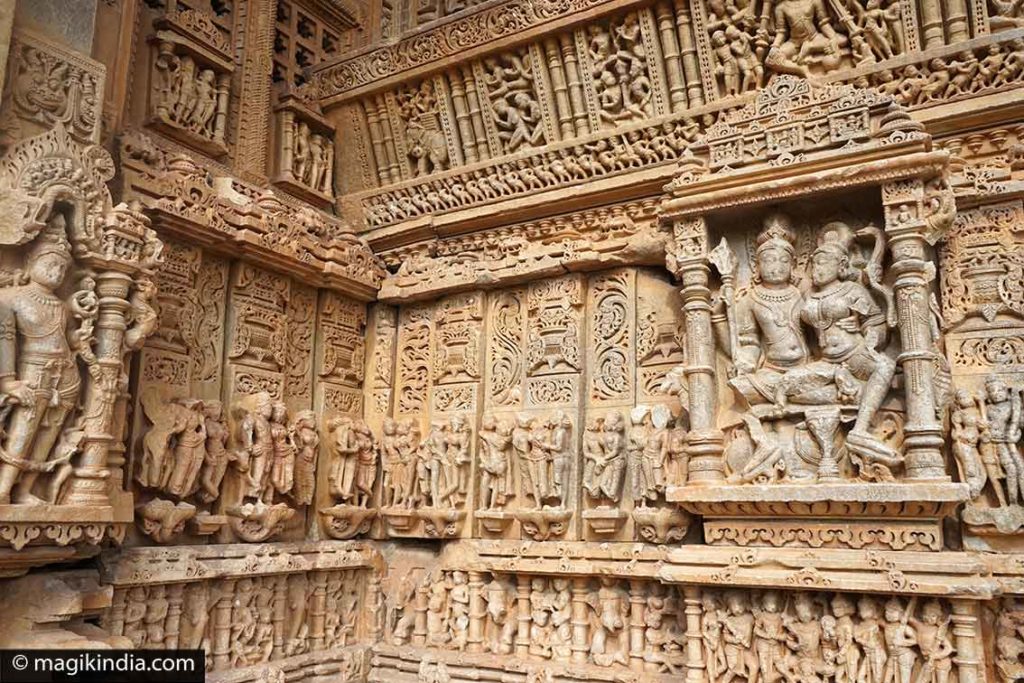
Eklingji Temple (22km)
Eklingji temple complex, in Kailashpuri, 22km from Udaipur, is dedicated to the Hindu god Shiva.It is famous for its 108 shrines surrounded by a high fortified wall.The idol in the inner sanctum is a lingam composed of four heads carved in black marble.

Eklingji was the deity of the Mewar rulers from the reign of Bapa Rawal (734-753), founder of the dynasty and builder of this temple. He is said to have received a religious education from the sage Harit Rishi who meditated in a cave nearby. Several of the Mewar Maharanis rebuilt or renovated the temple.
Delwara (25km)
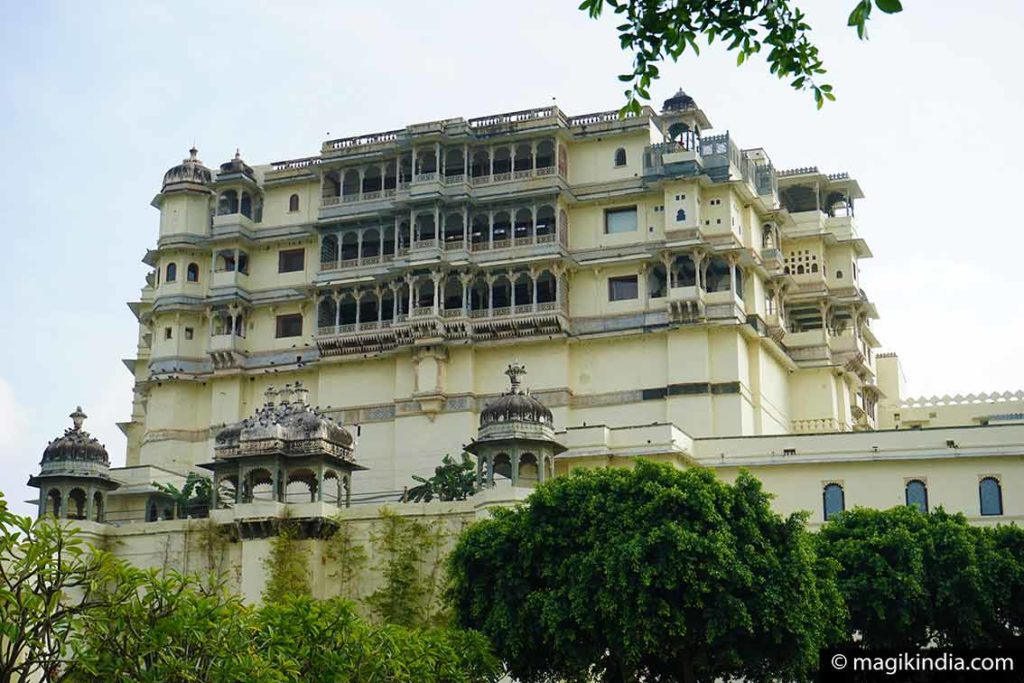
A little way past the Eklingji temple complex is the small town of Delwara.
Few tourists know it, but it is called the “town of the gods” because of the 1000 temples it once boasted. Even today there is a temple in every street.
It also boasts the Devi Garh luxury hotel (a converted 18th-century palace), a fine stepwell, some Jain temples and local handicrafts. The town itself has a certain charm.
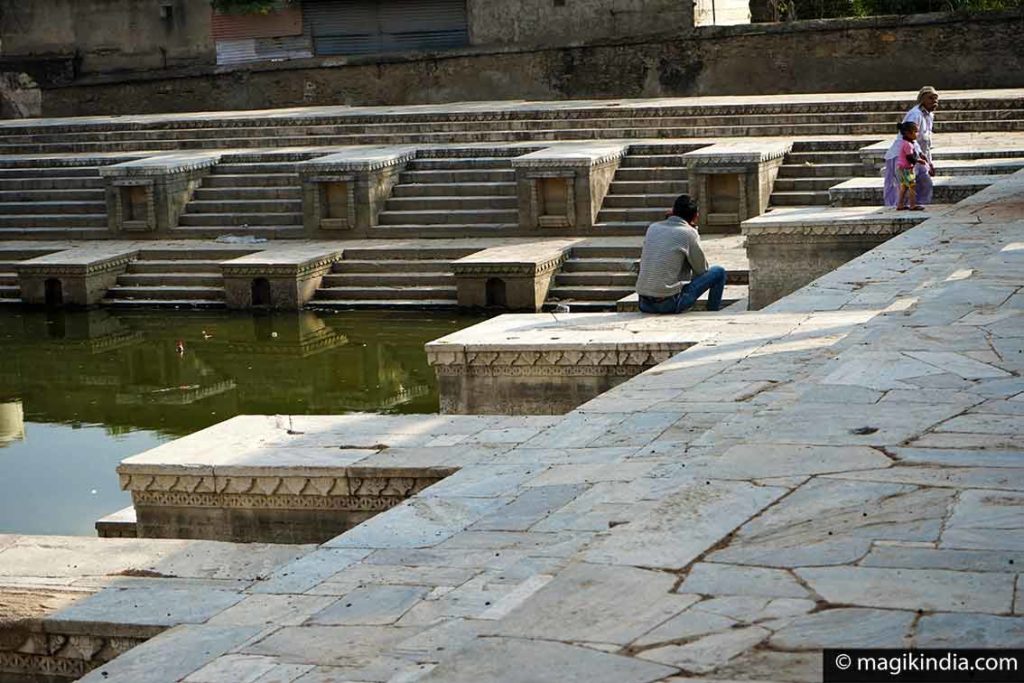
[Manual potter’s wheel in the village of Delwara]
Rakta Talai, Haldighati & Rana Pratap Museum (40km)
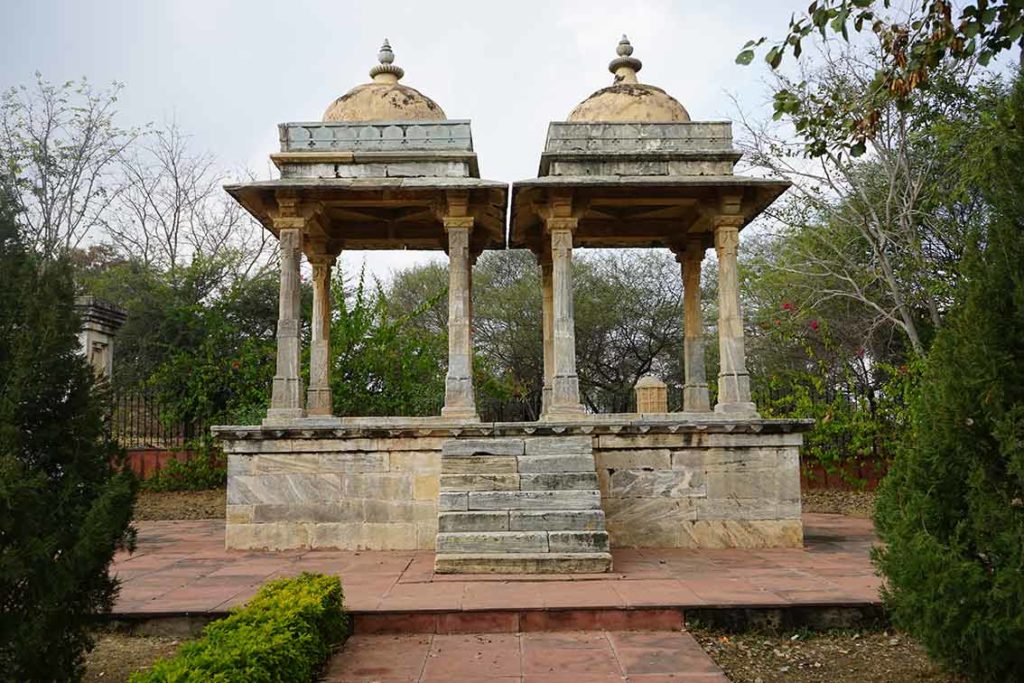
Rakta Talai or Khun-Ki-Talai is a plain near the town of Nathdwara where the Rajput and Mughal armies fought the bloody Battle of Haldighati in 1576.
The Rajputs won, but so fierce was the fighting that the battlefield was littered with corpses. Chhatris, or cenotaphs, of courageous warriors such as Shah Tanwar of Gwalior and his three sons were built here.
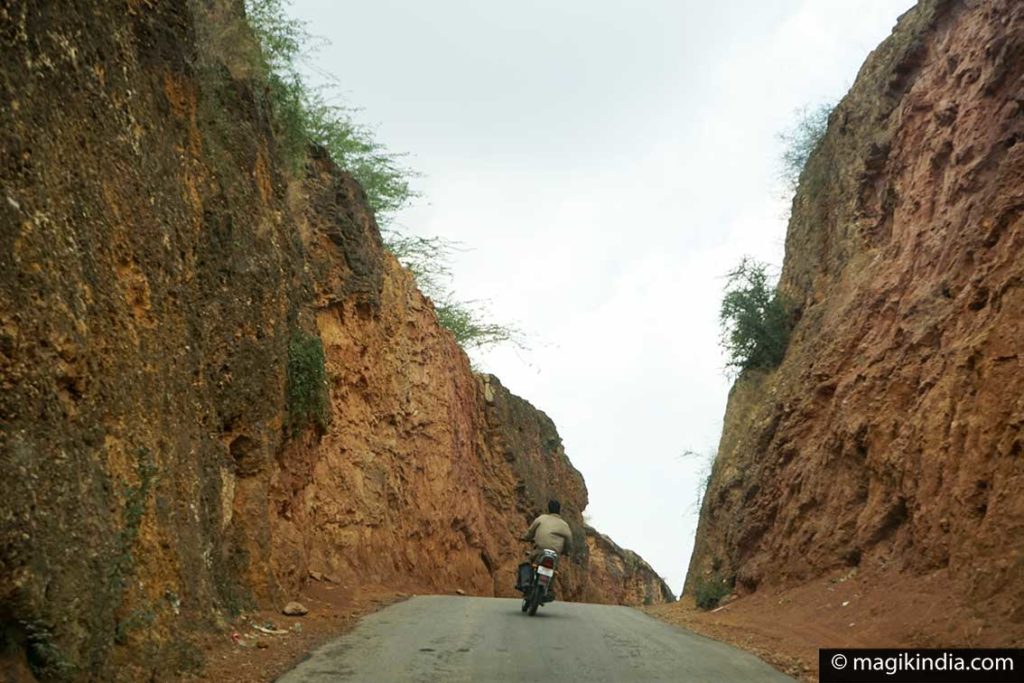
The Maharana Pratap Museum tells the story of the Battle of Haldighati, when Maharana Pratap Singh, son of Maharana Udai Singh, fought the Mughal emperor.
An animated film in Hindi shows the different stages of the battle. It is said that Pratap Singh fitted his horse with an elephant trunk to deceive the enemy.
